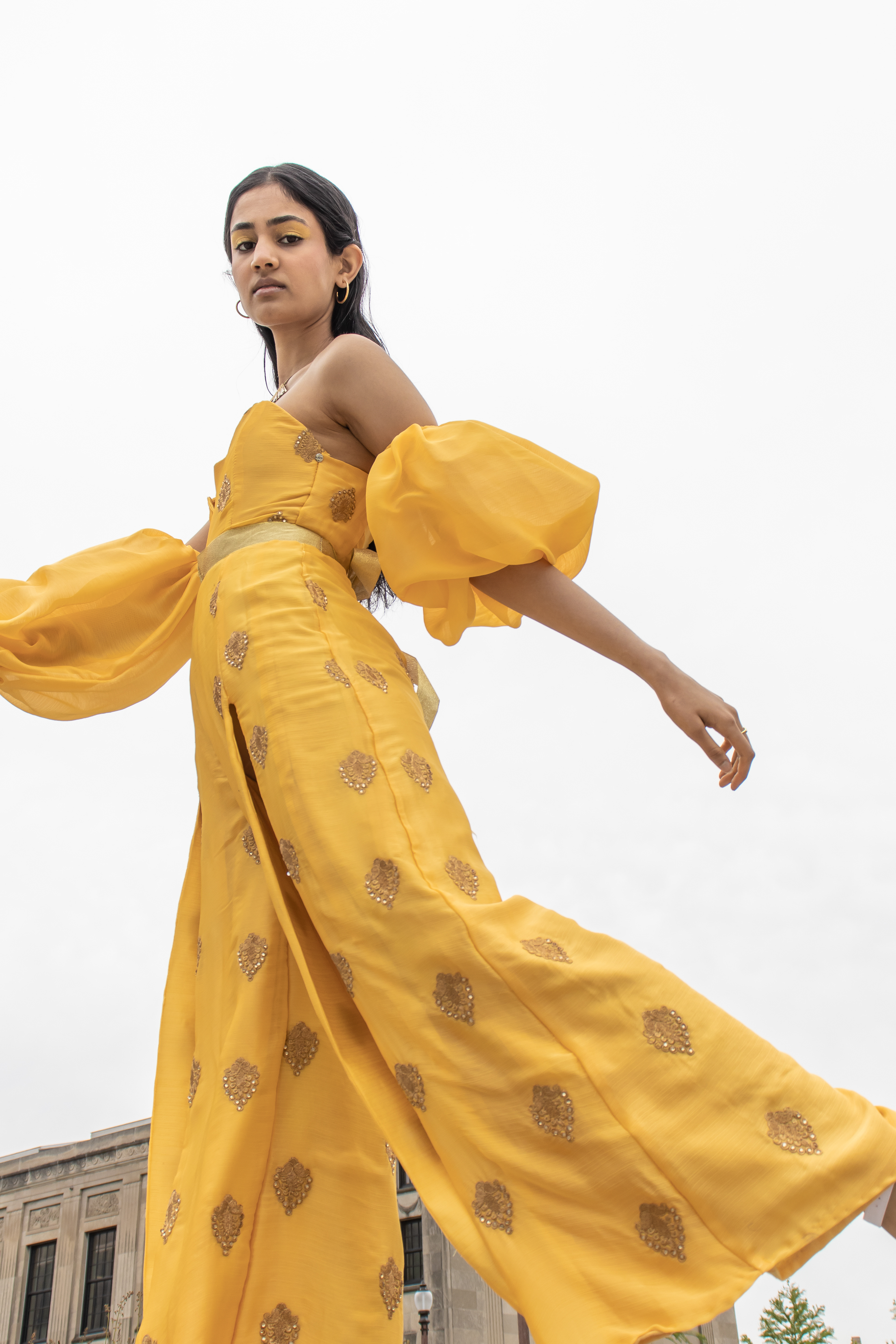
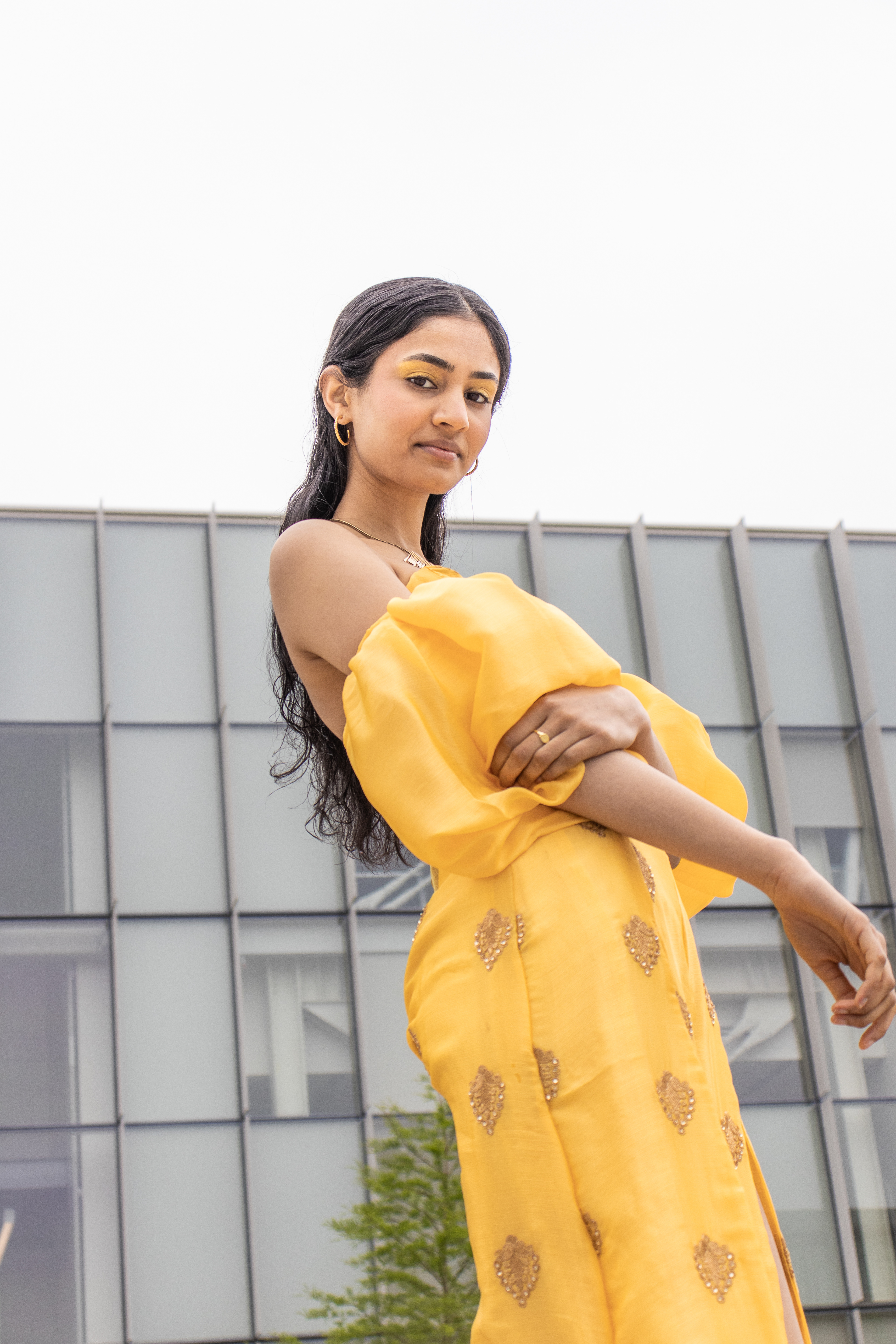
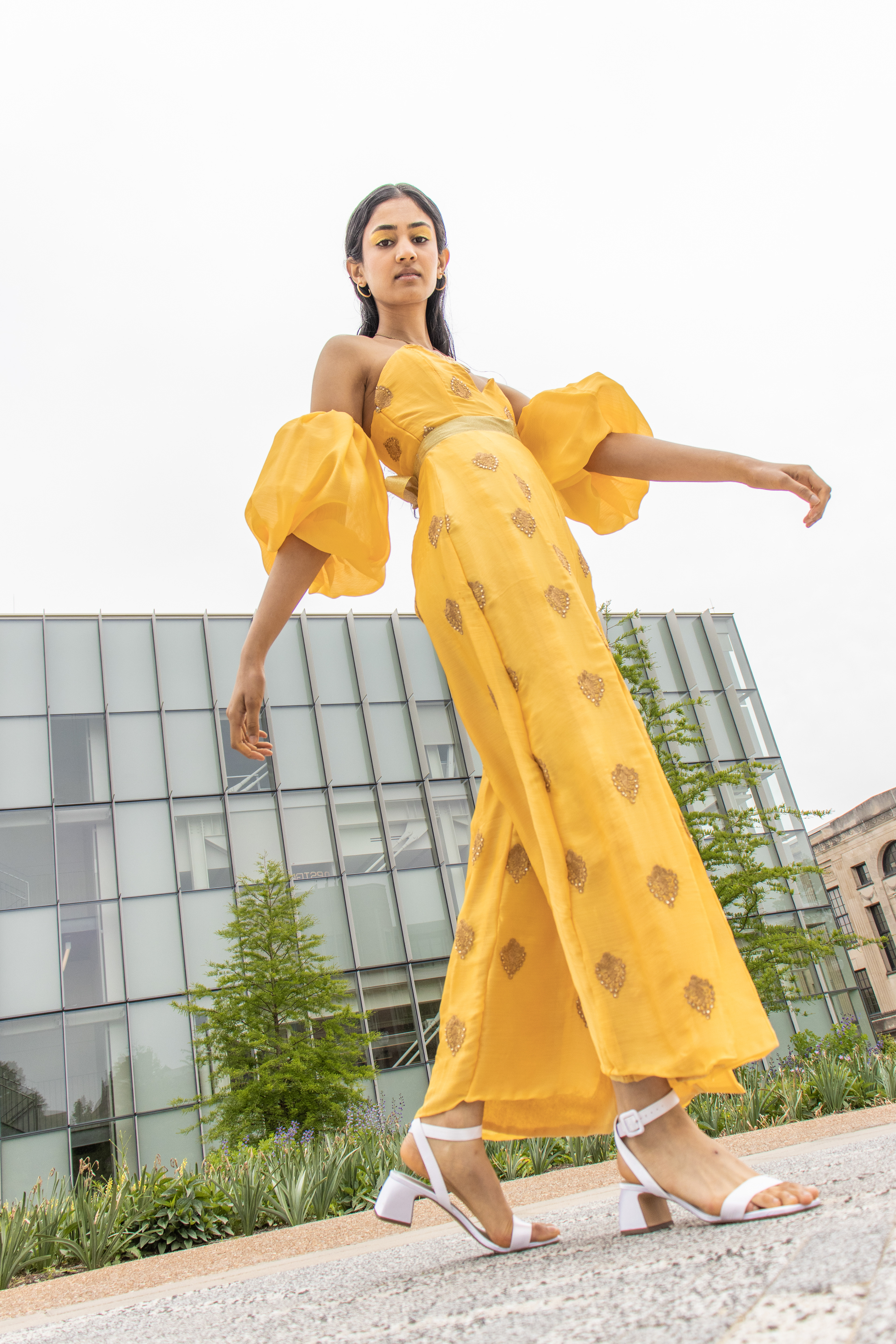
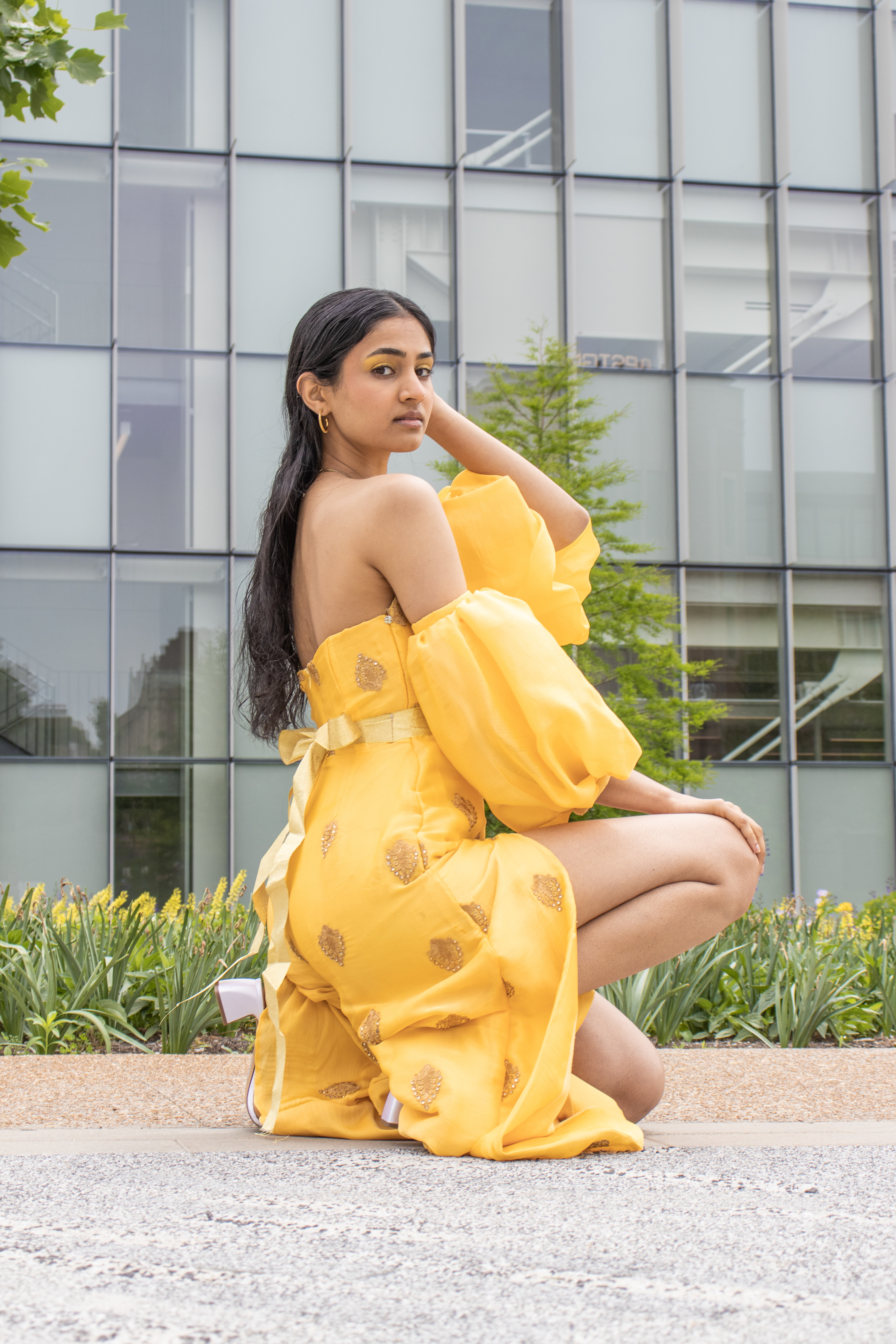

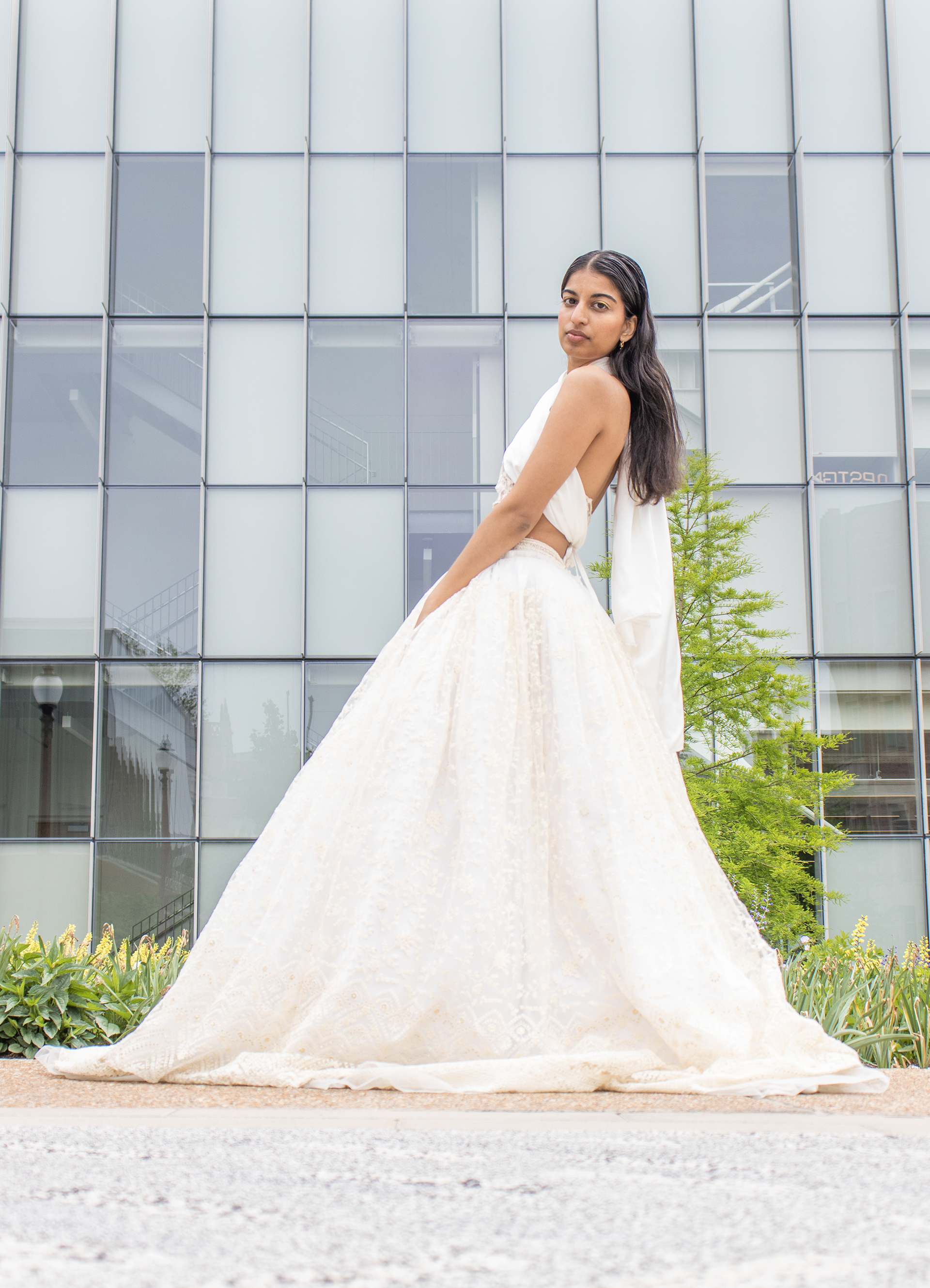
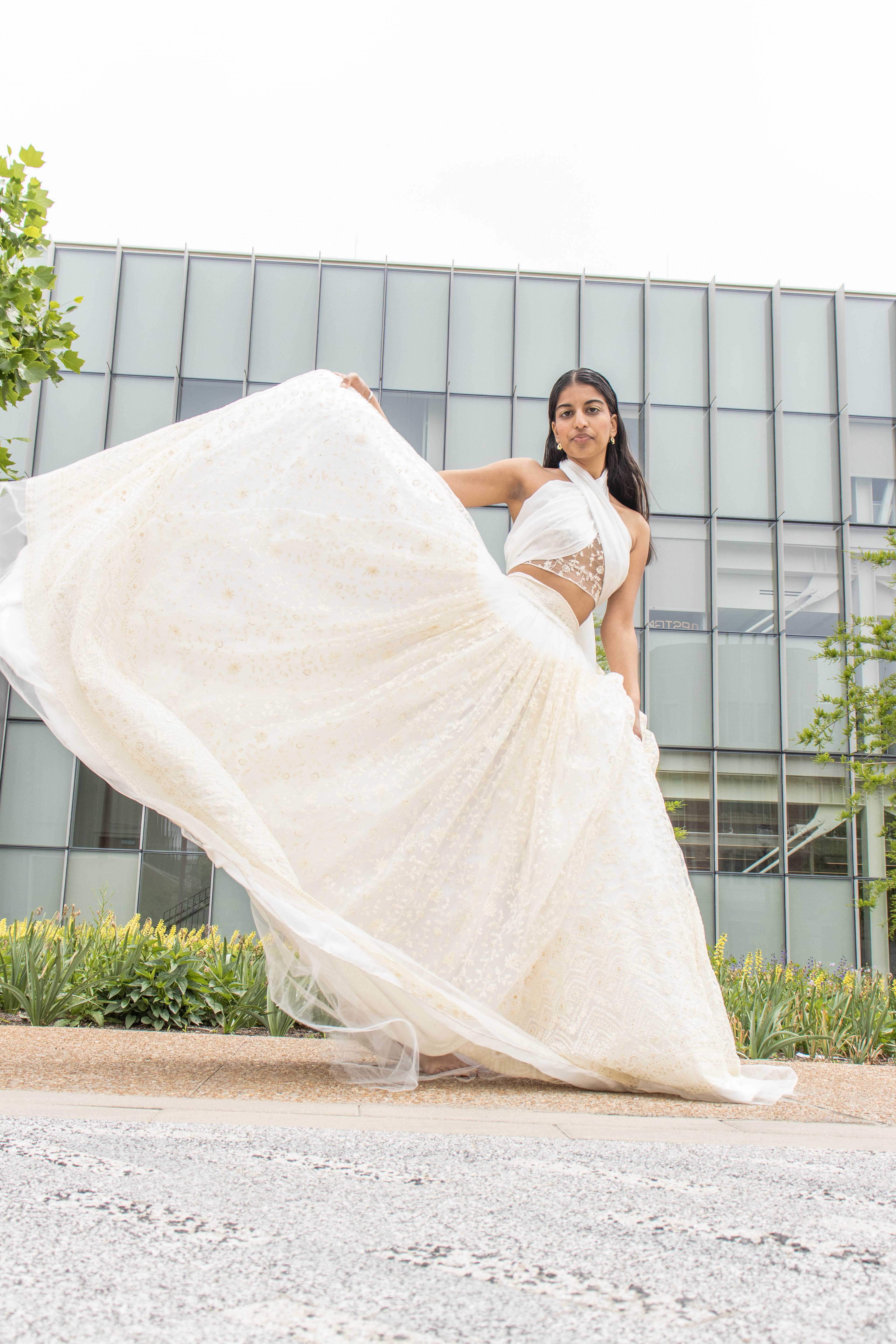

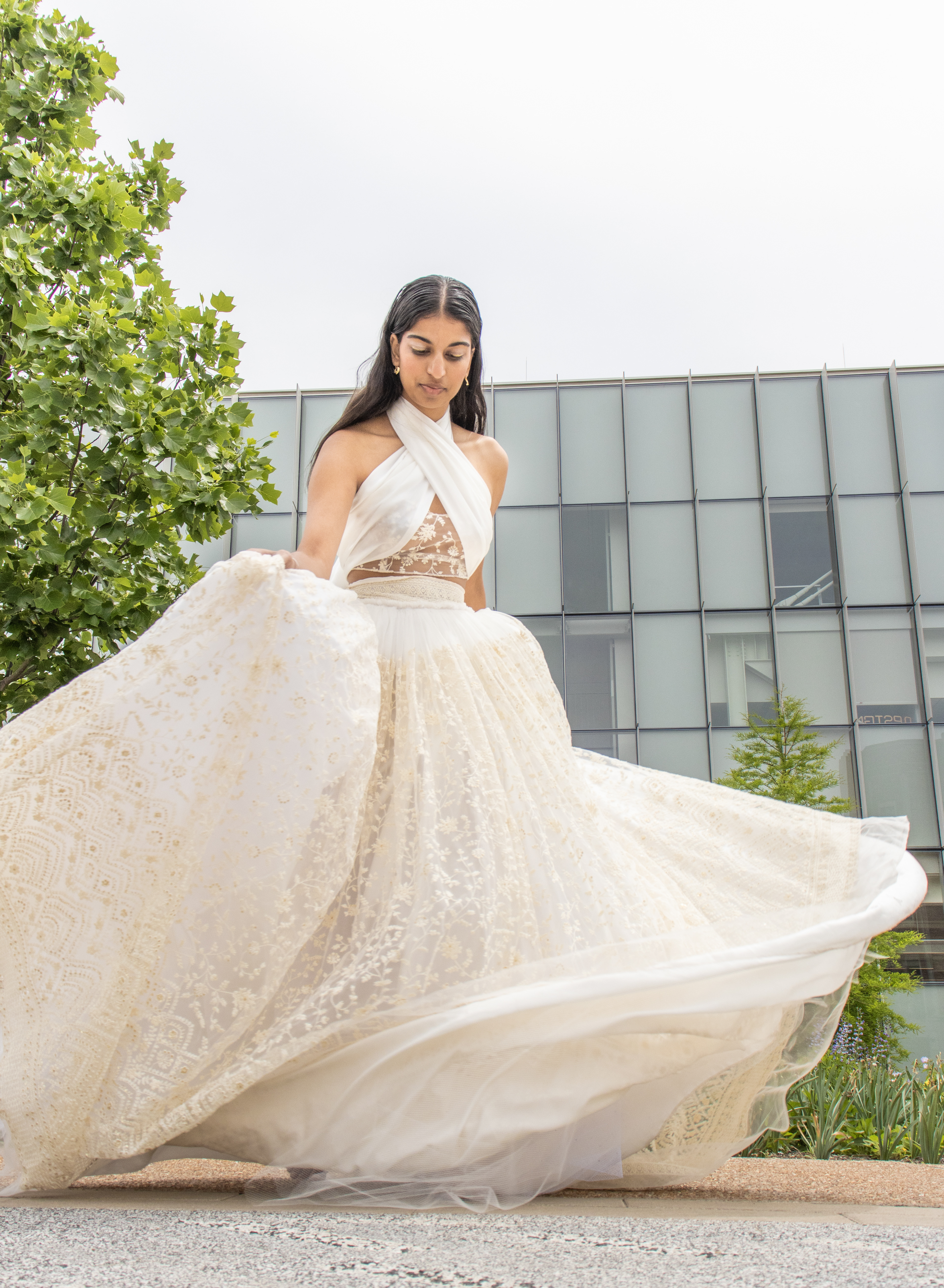
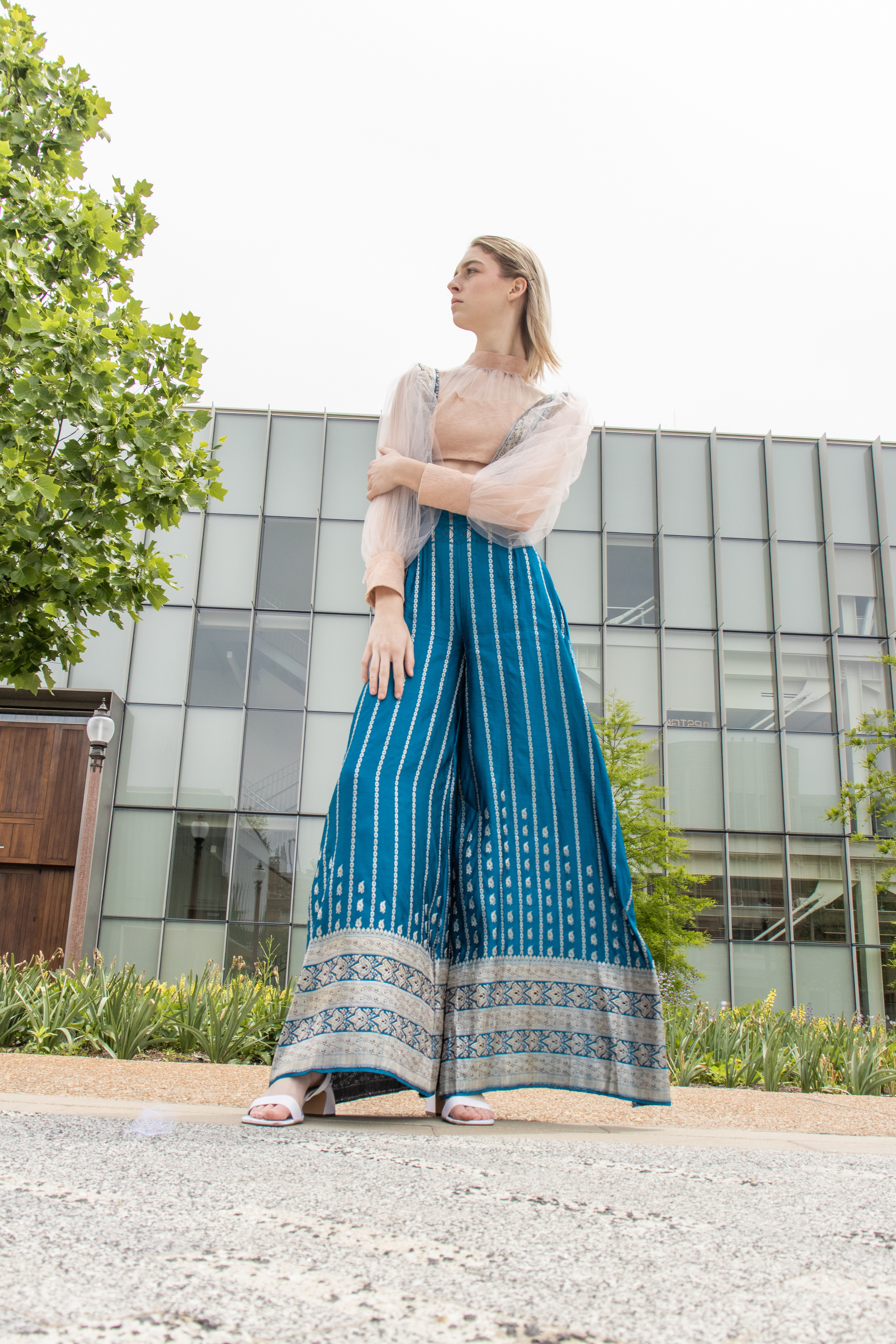


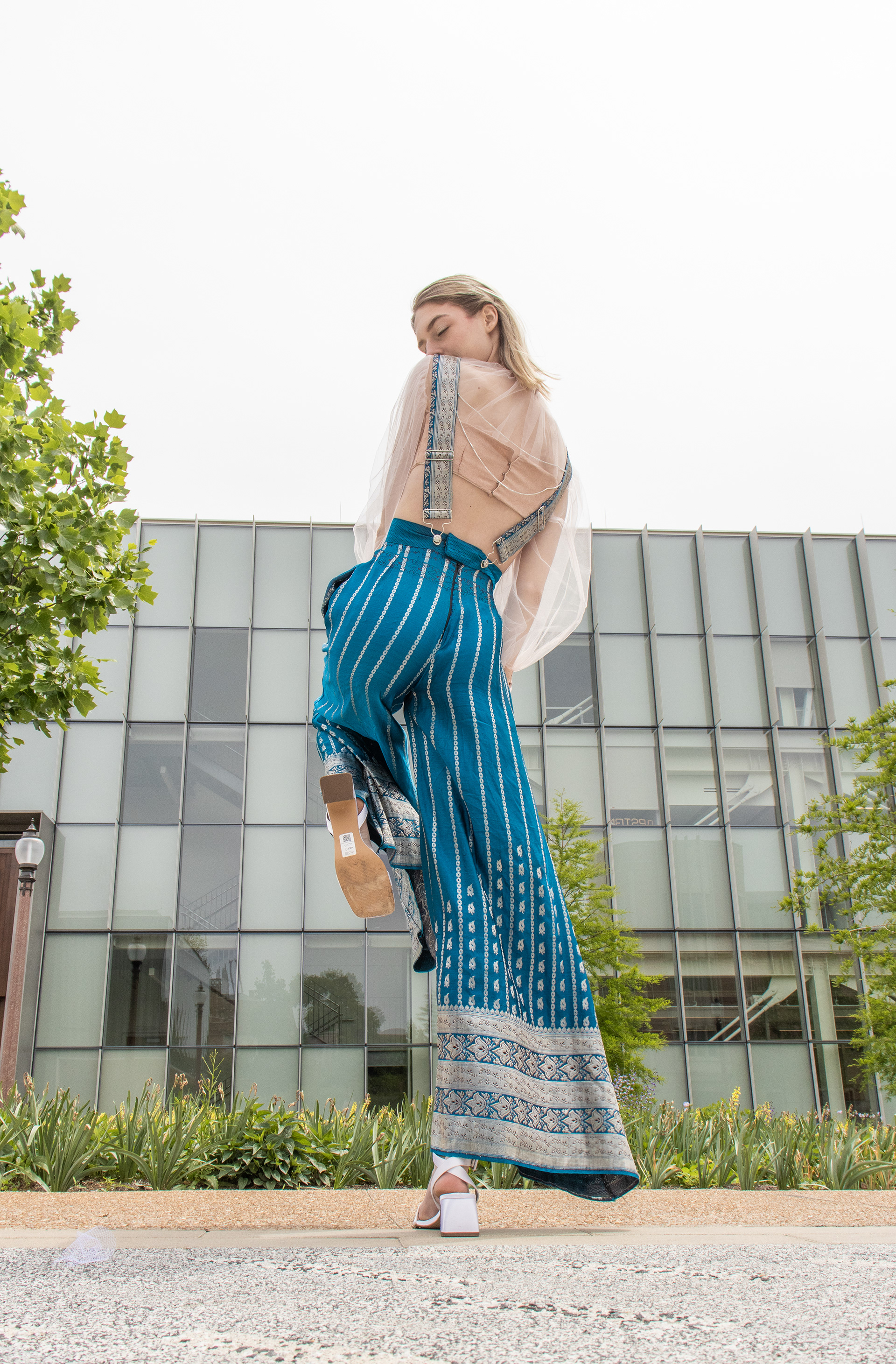
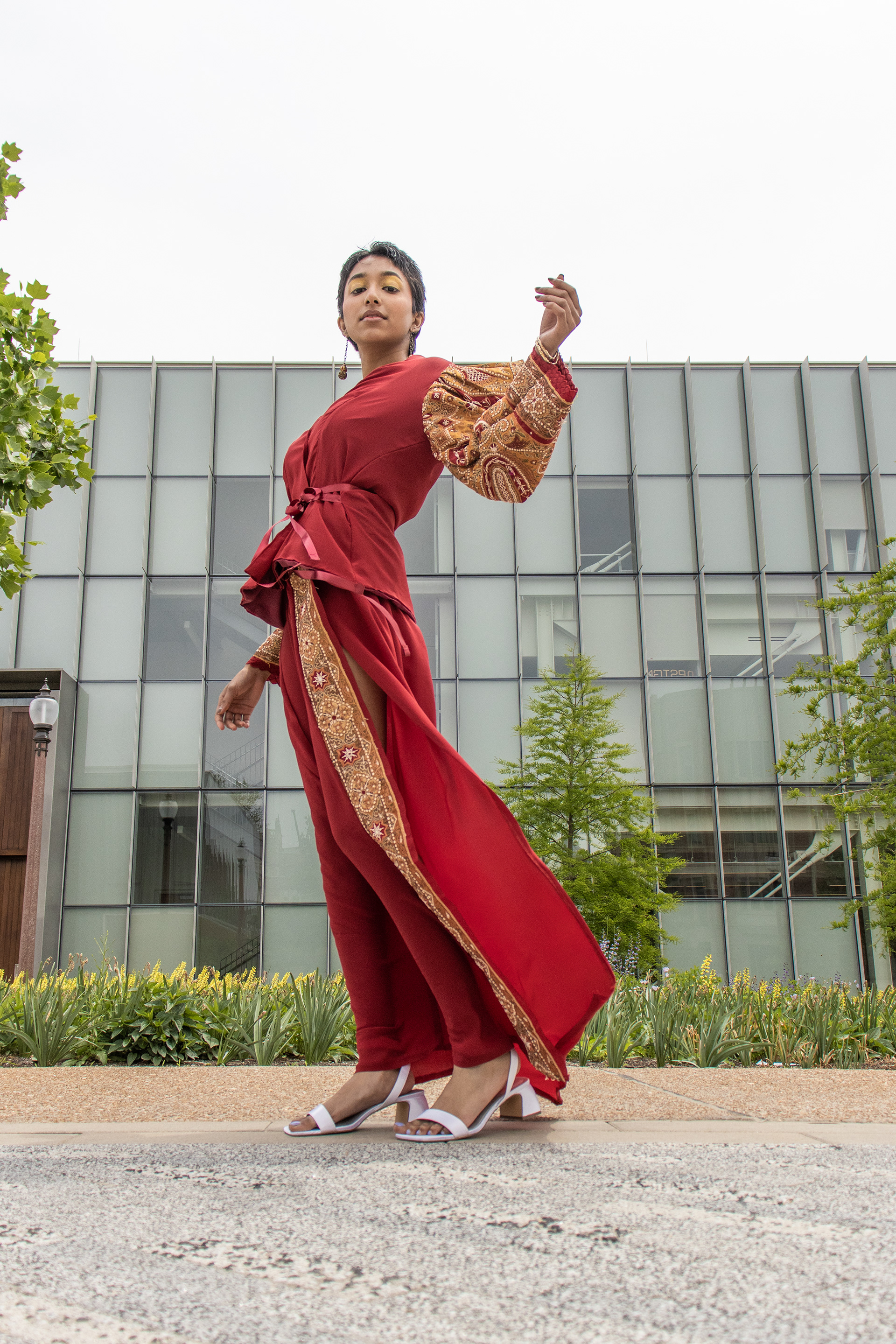
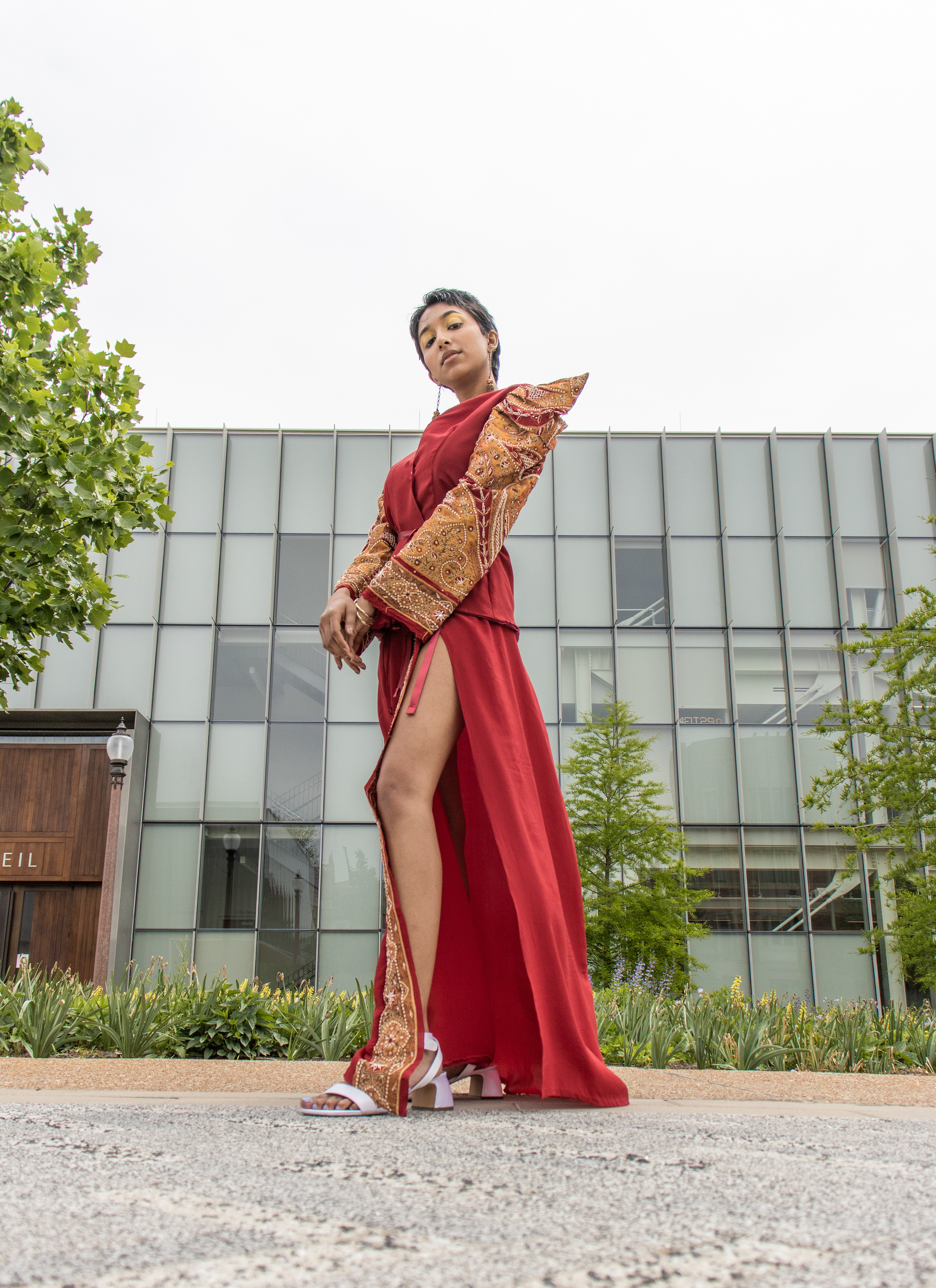
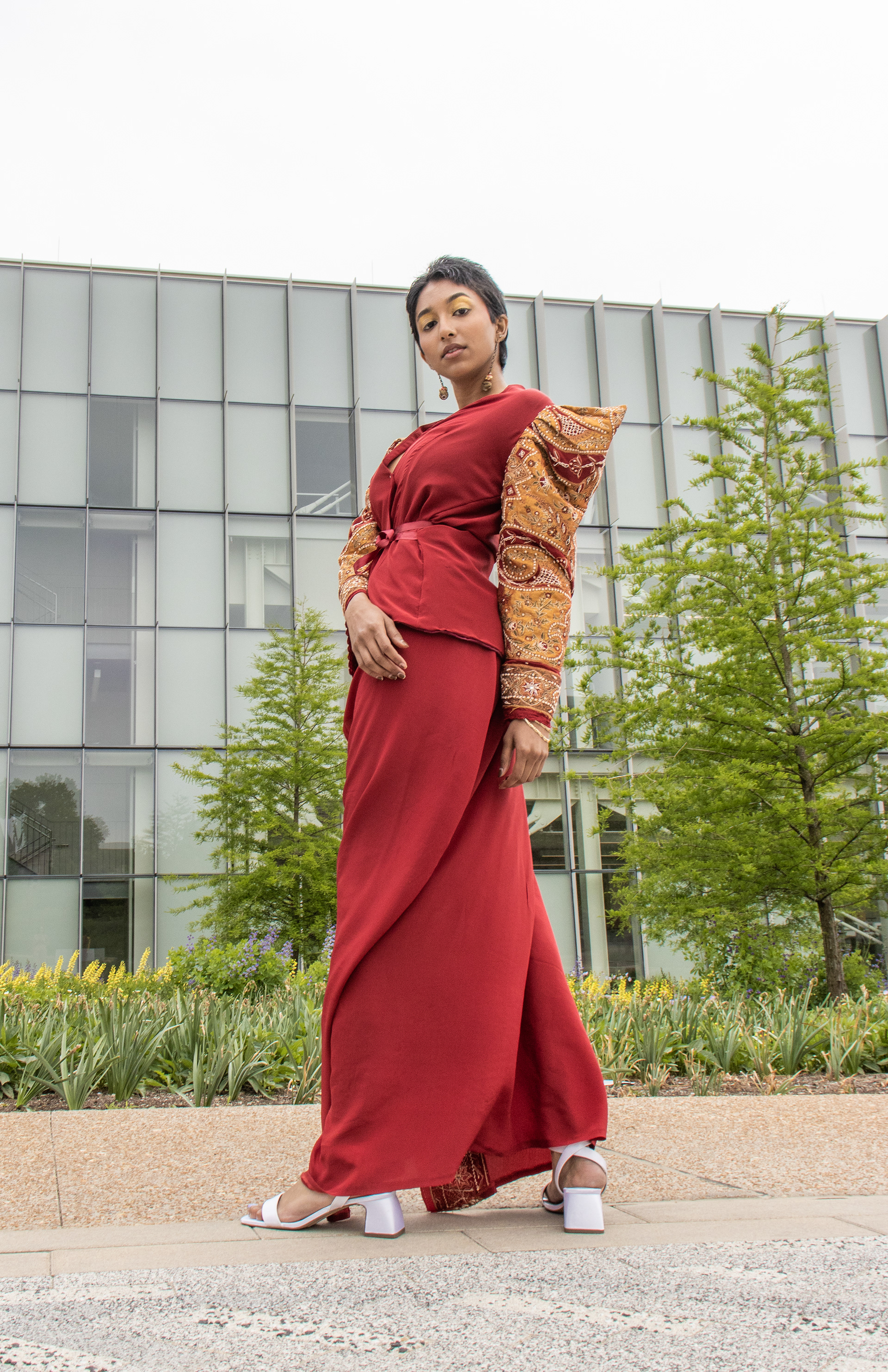
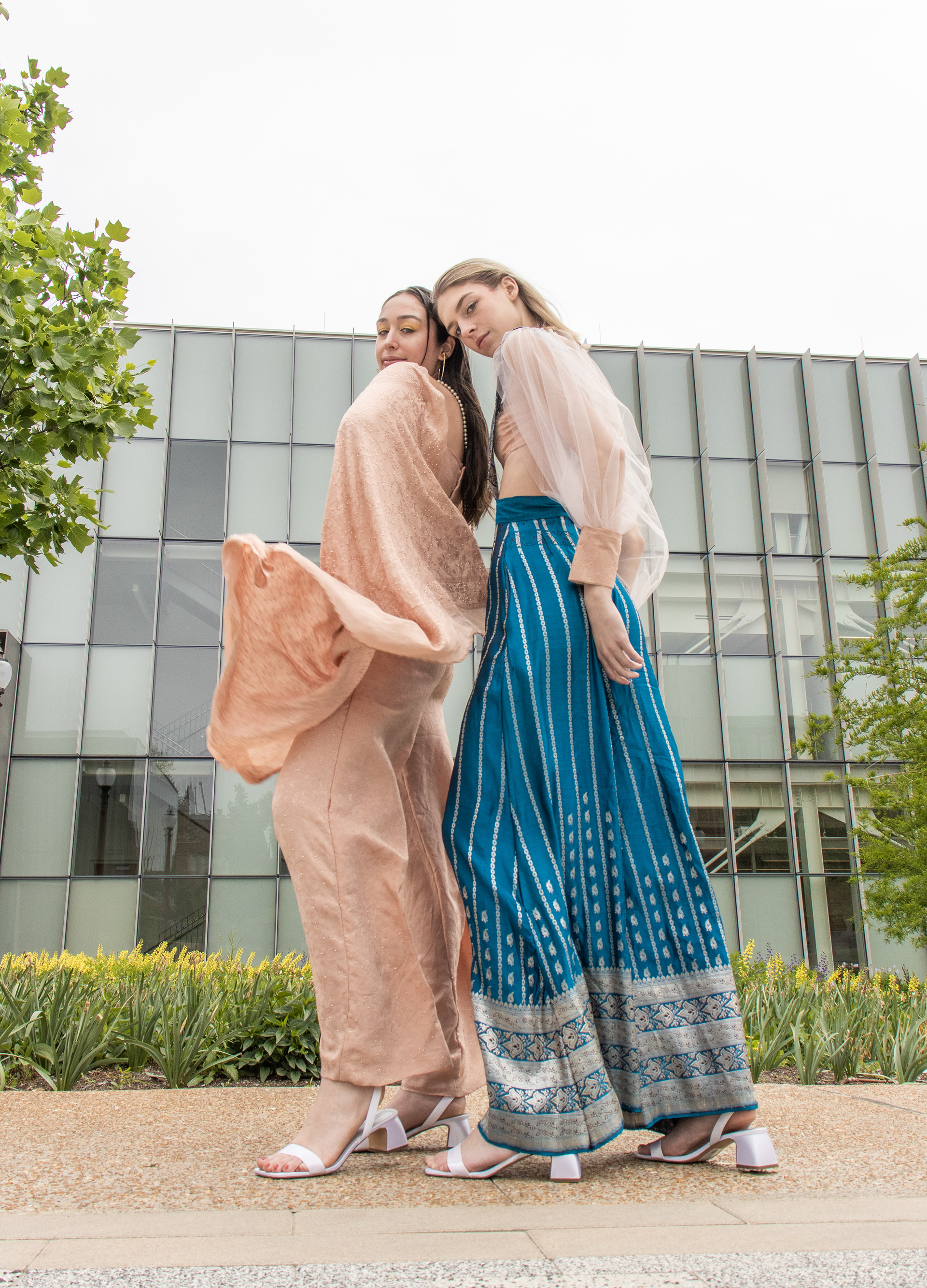
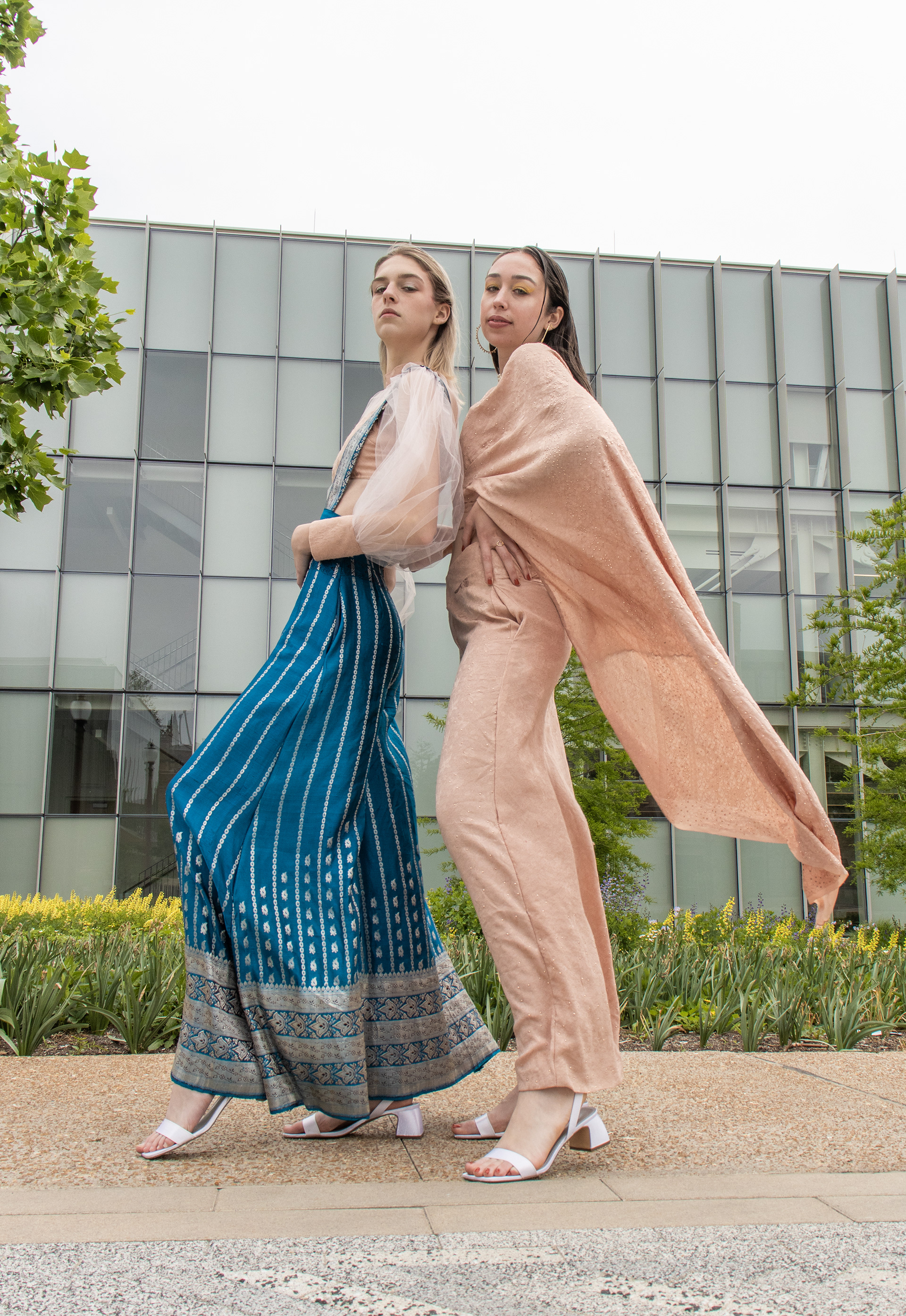
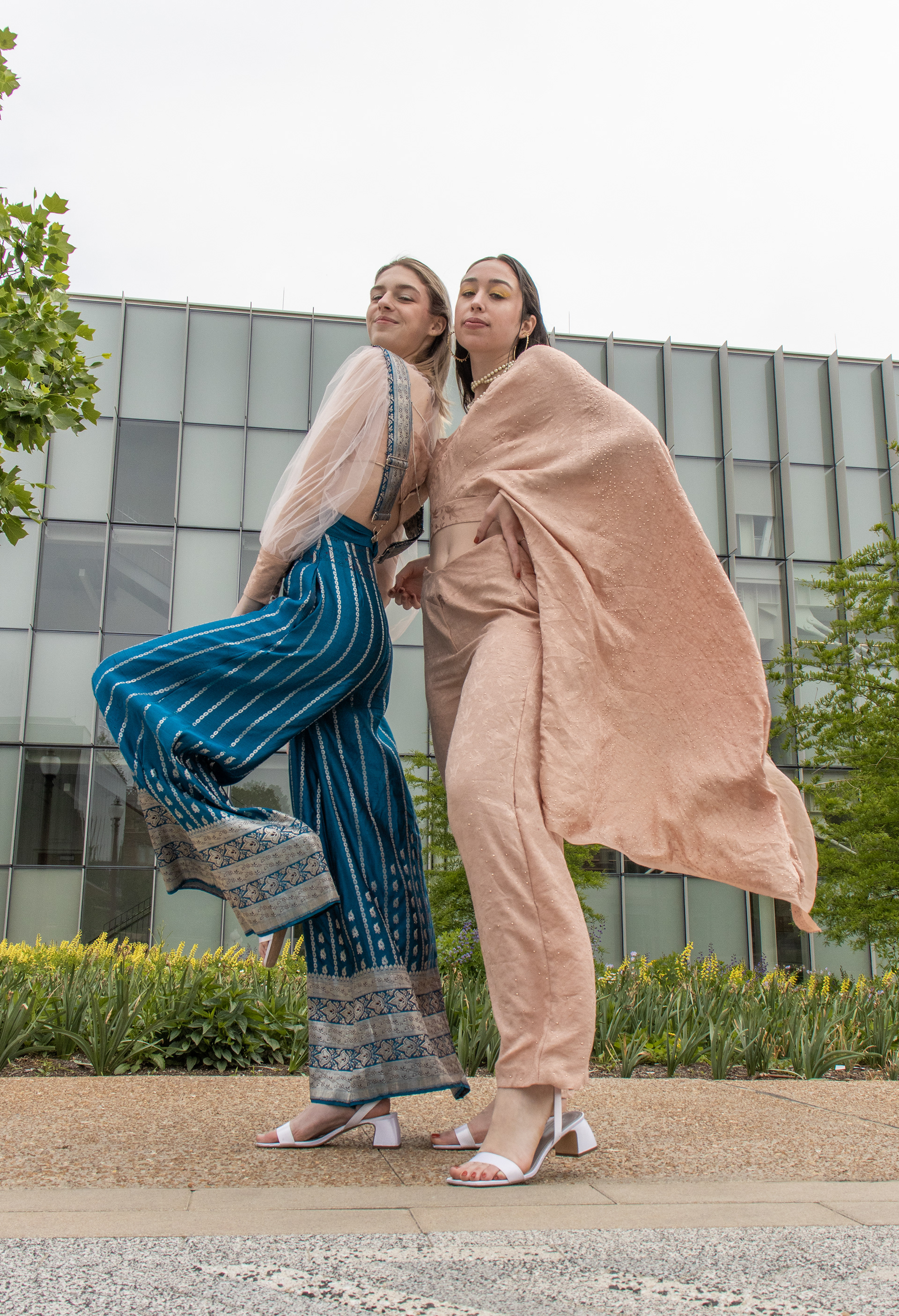
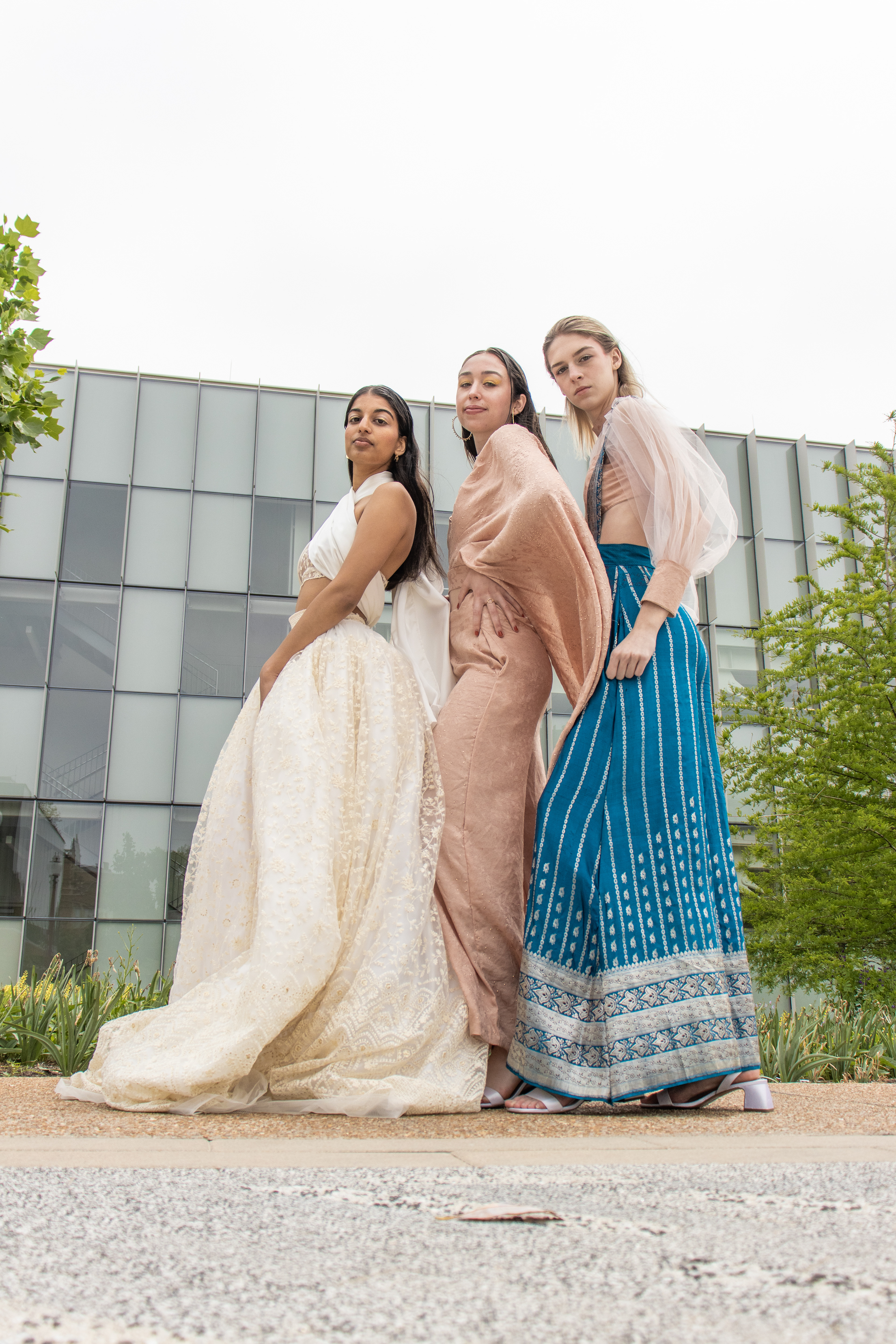
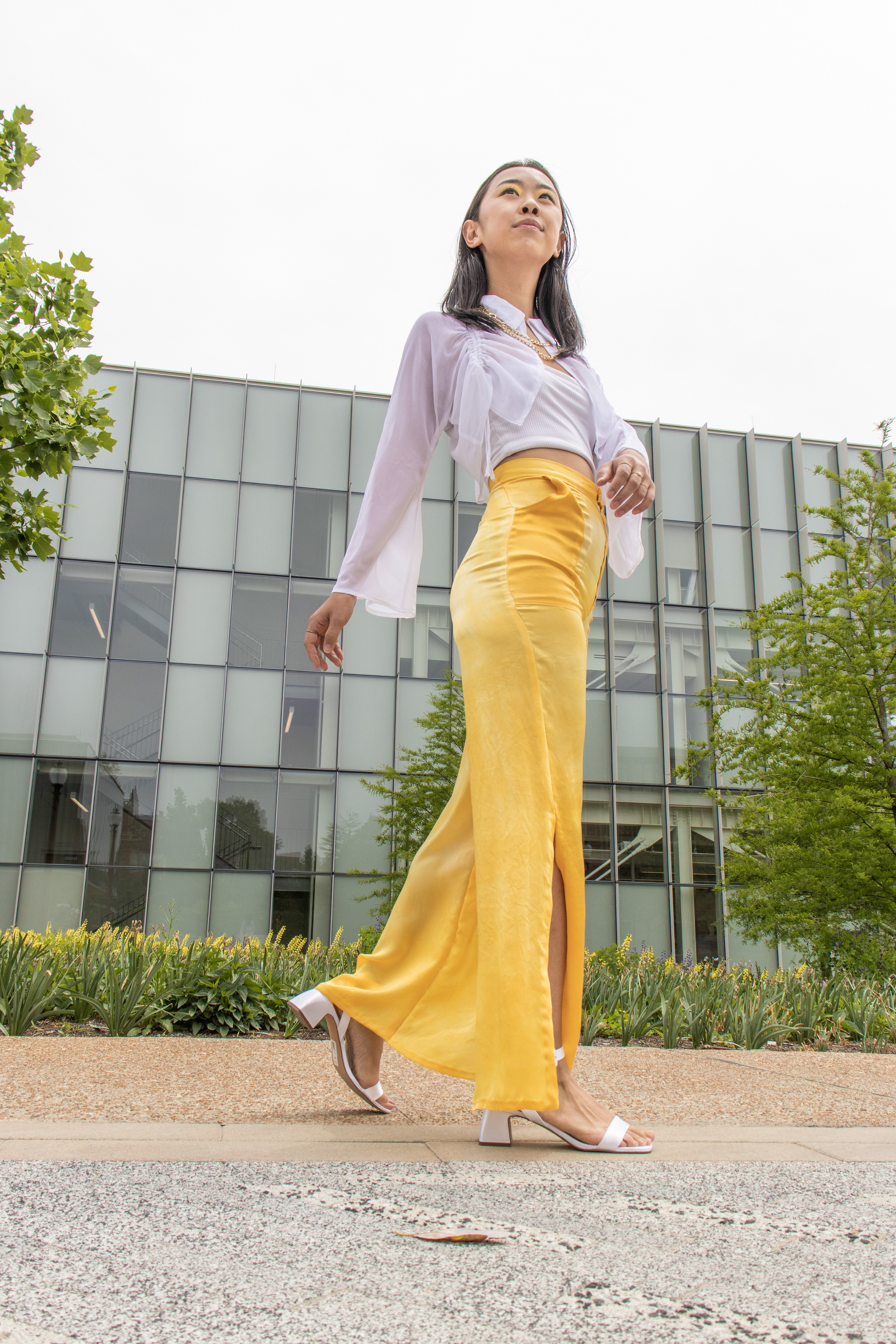
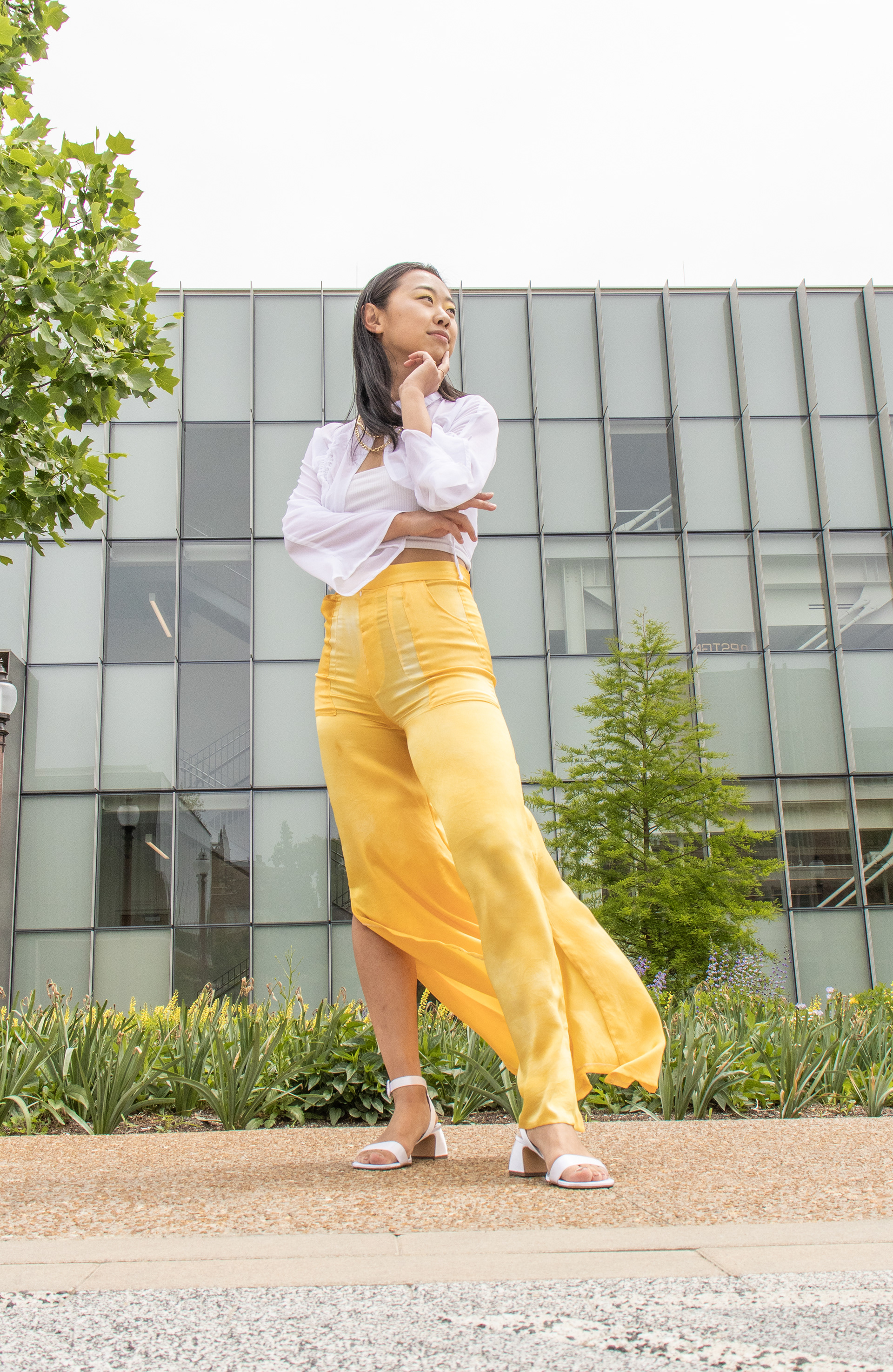
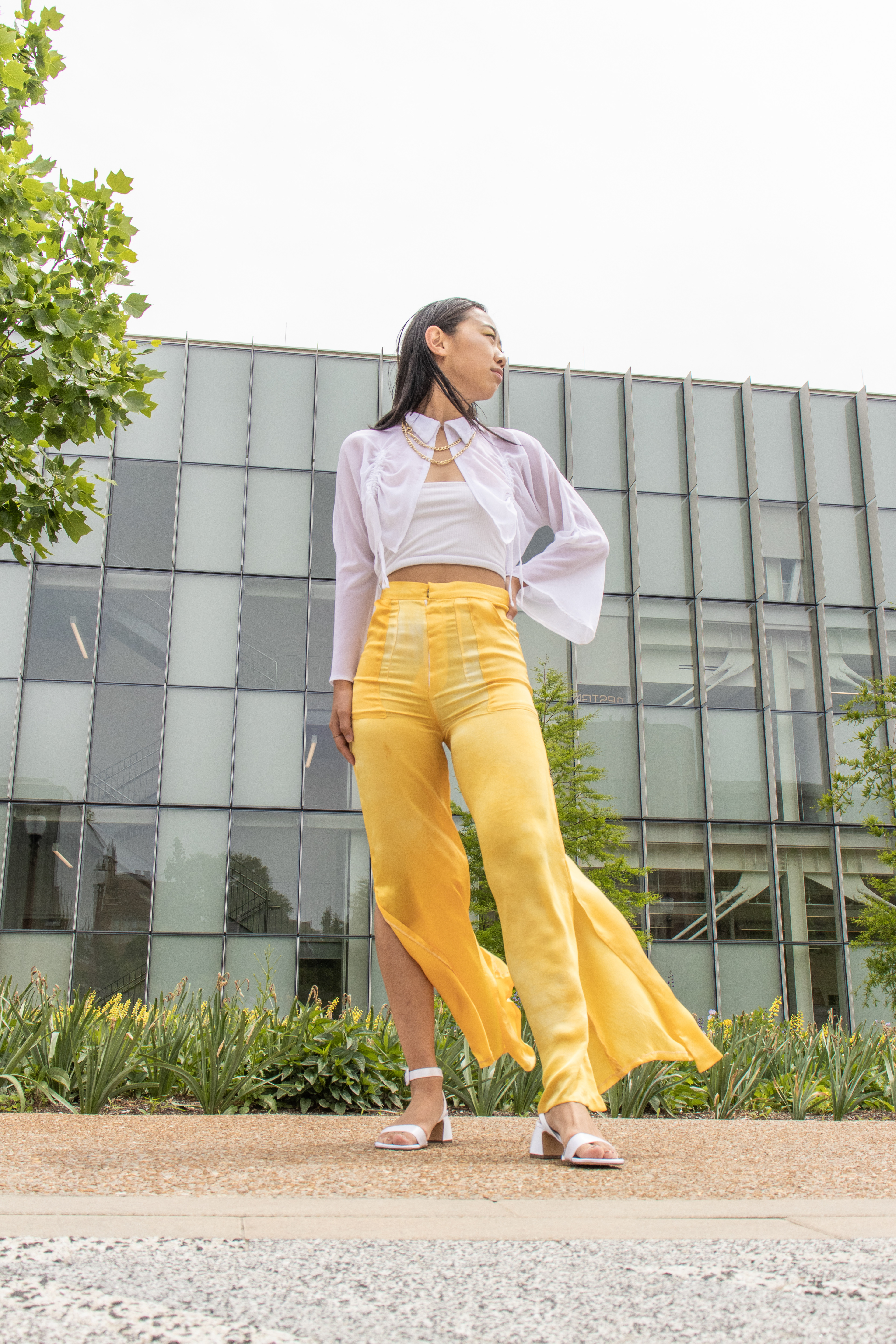
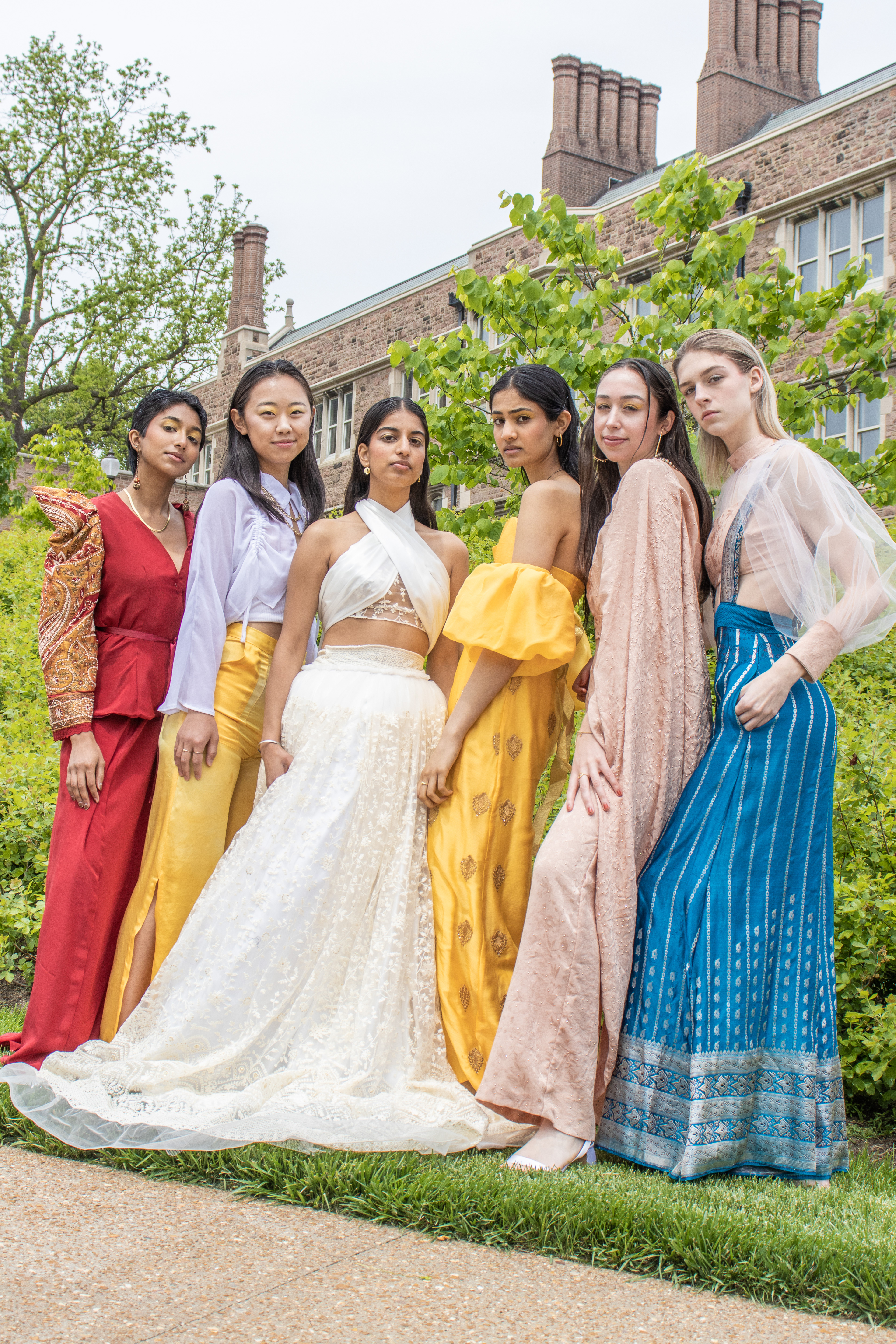
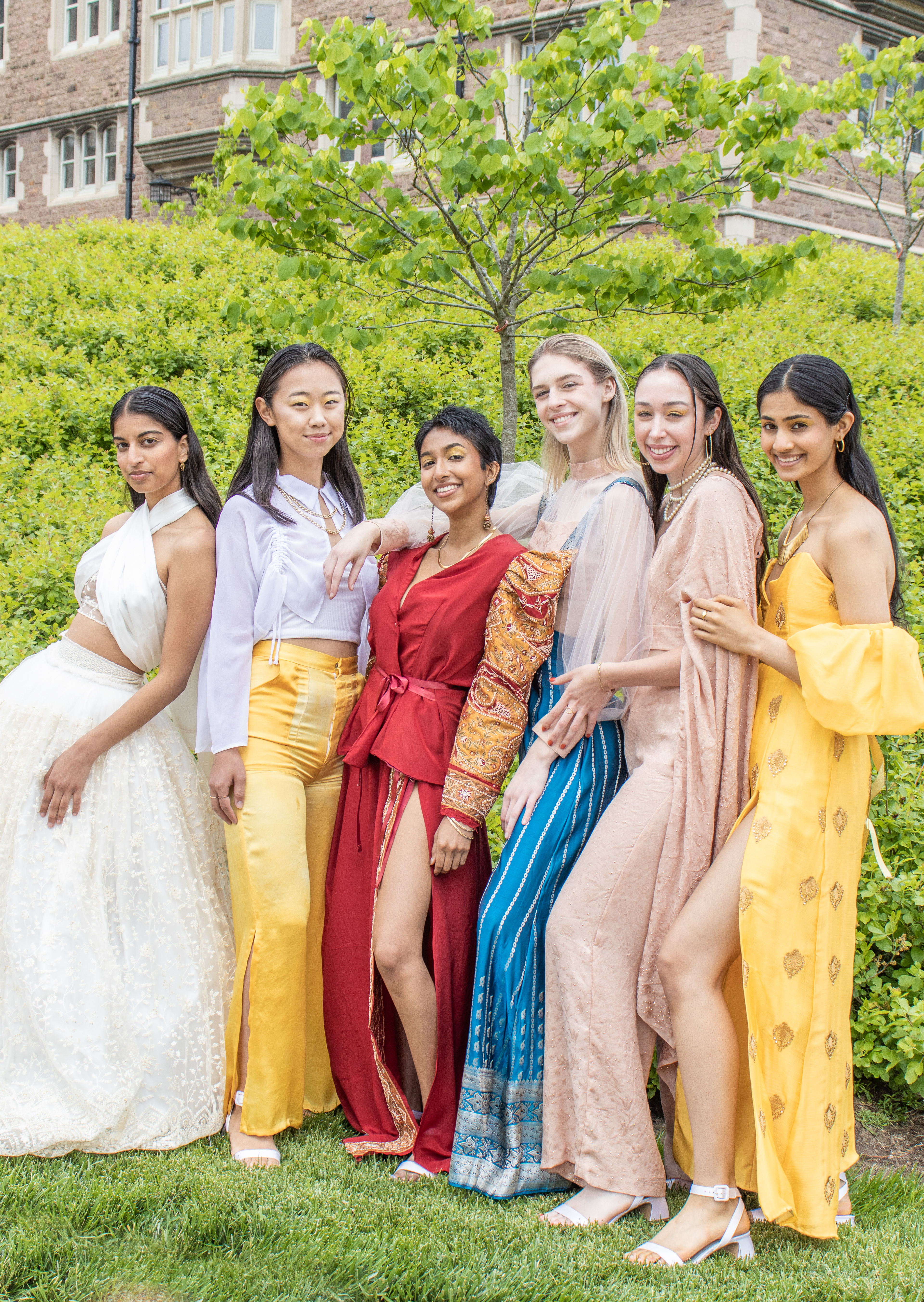

This collection reflects my own experiences of finding inner peace, delving deeper into the concept of color adaptation in terms of culture and identity with the way we perceive parts of the world and reflect on ourselves in our own unique ways. The language of colour in society, culture and fashion has an extremely broad range of definitions. White, scientifically, is defined as the absence of colour. Through TikTok comes the rise of neutral tones, minimalism, and seeming plainness appeal to their target audience. In Hinduism, white often symbolizes a loss, as widowers wear white saris for the rest of their lives in respect to dead significant others.
In Western society, there is a history of resistance and even hesitance with colour from racial underpinnings to architecture to the colours of clothing we wear on our back. From culture to culture, colours are given meaning after meaning and they are all different.
Thus with this collection, I wish to reflect on the dynamic aspects of colour within multicultural roots. These garments reflect the past as much as the present and future to the shared experience of identity confusion for those of many backgrounds because in the end, colour is what we make of it. It is up to us to assign meaning beyond stereotyped notions and see colour for what it is - pure freedom to express. Kensho is a couture collection that focuses on movement and peace in its airy, playful silhouettes.
All the garments are made of deadstock saris, sustainable fibers and utilize natural dyeing techniques. Through this process, I have reflected on my family, nature, and hard work beyond just the makings of senior thesis collection.
Scroll below to see the creative process behind each look.

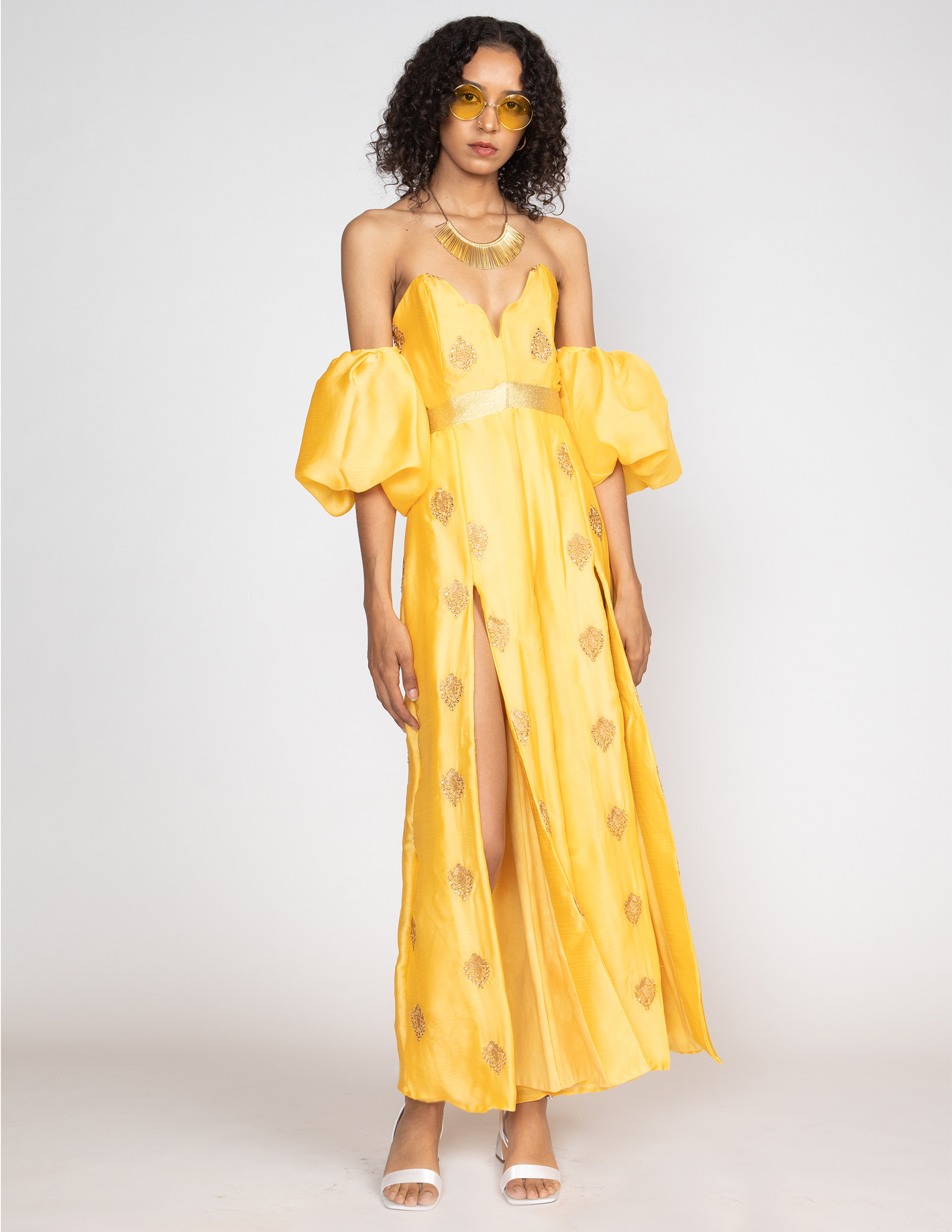


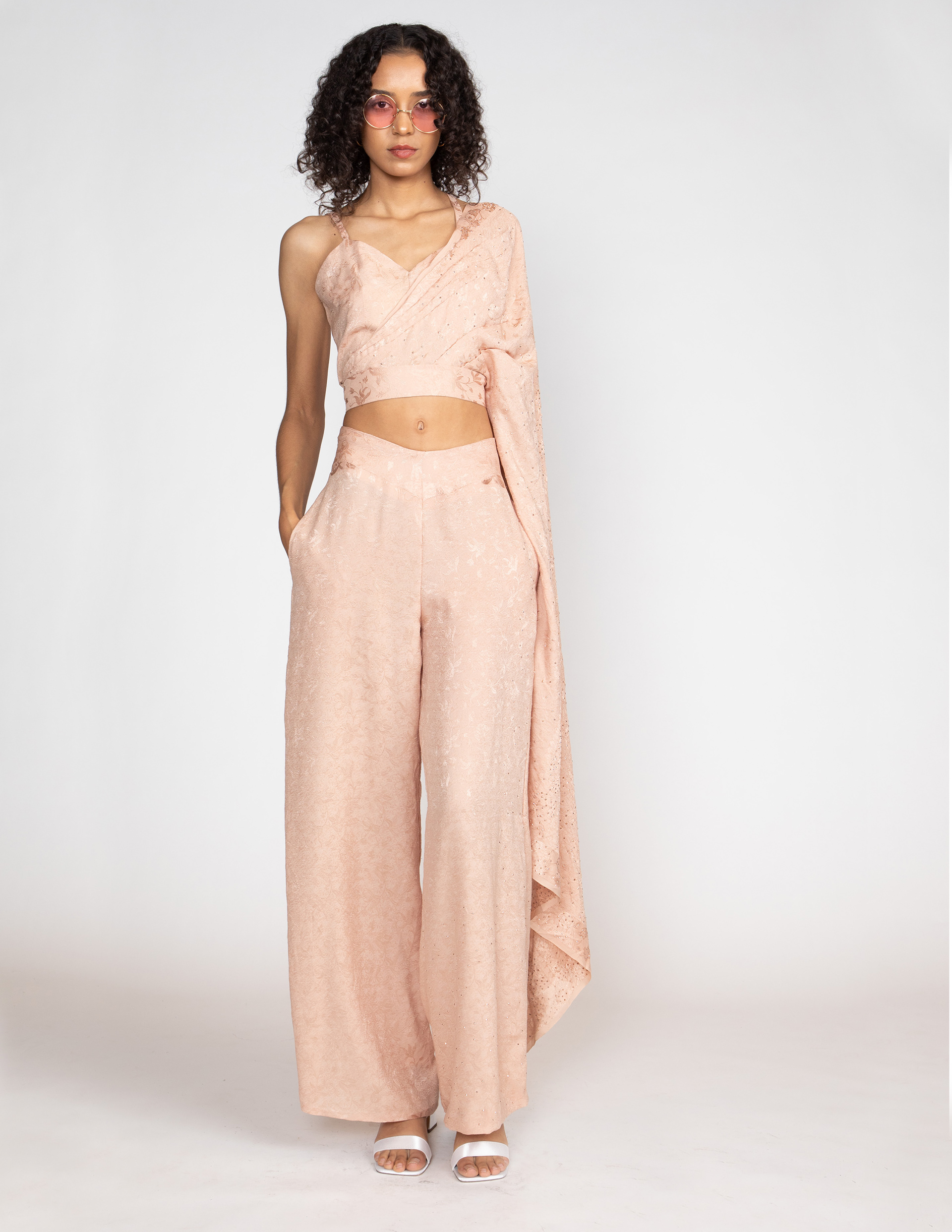
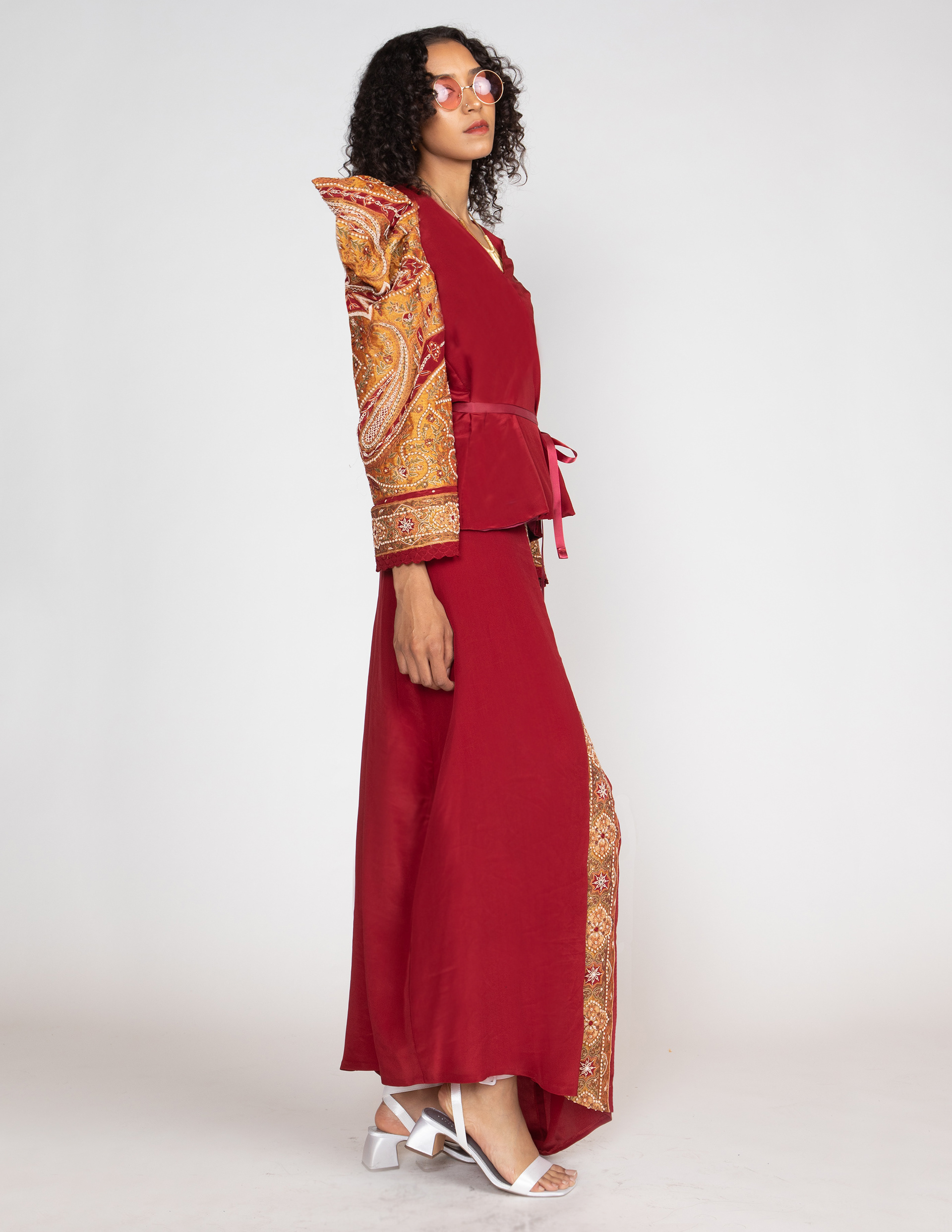
curry scented dreams
- 4 parts water
- 6 tbl of goldenberry powder
- 3 handfuls of chopped california daisies
- 1 part vinegar
- 2 tbl of turmeric
1. bring water and vinegar to a boil
2. add loose powders and flowers and stir
3. add fabric to mixture and submerge
4. soak from 8- 20 minutes
5. rinse and potentially repeat
The warmth of the bright sun and the healing properties of turmeric and spice served as inspiration for this look. Created out of deadstock vintage sari fabric and raw silk lining dyed with a bright goldenberry turmeric powder, this look is transformational with its high waisted dramatic leg and refreshing puff sleeves.
"I'd often come to class with my curry scented food, a bright yellow undertone to the aloo I would eat. The kids would make comments... the smell. It was always delicious to me, but the fear of standing out. Little me did not know anything but shame."

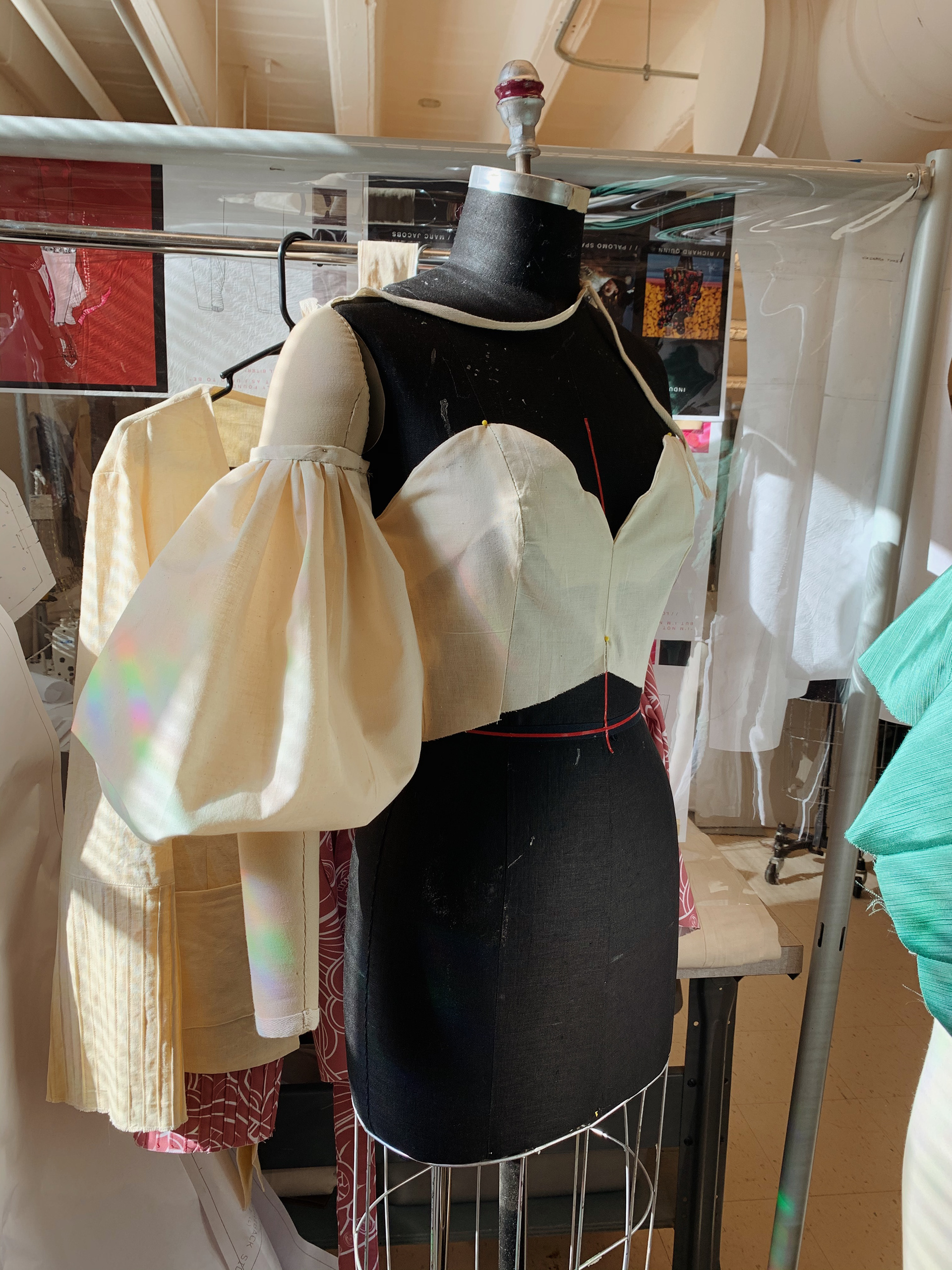
future farmer
Mirai 未来 Patel पटेल
mirai: the future (usually distant)
patel: farmer, village head chief
Inspired by the recent passing of my grandfather, future farmer is an homage to his hardworking and diligent life.
In repurposed vintage sari fabric, these overalls are a representation of carrying the weight of the world on one’s back, supporting a family, a business, a farm, and beyond.
Redesigned the night before muslins were due, this look felt right. Sudden changes in our world require us to make decisions and adapt when perspectives shift and relationships are reconsidered. The death of a family member is a shared experience by many. How we come to terms with such and move forward is unique.
"My grandfather owned a textile factory. A fact I did not know until after his death. He was brilliant. He was forgiving. He was inspiring. And I only wish I could ask him more questions about his life before it was too late."
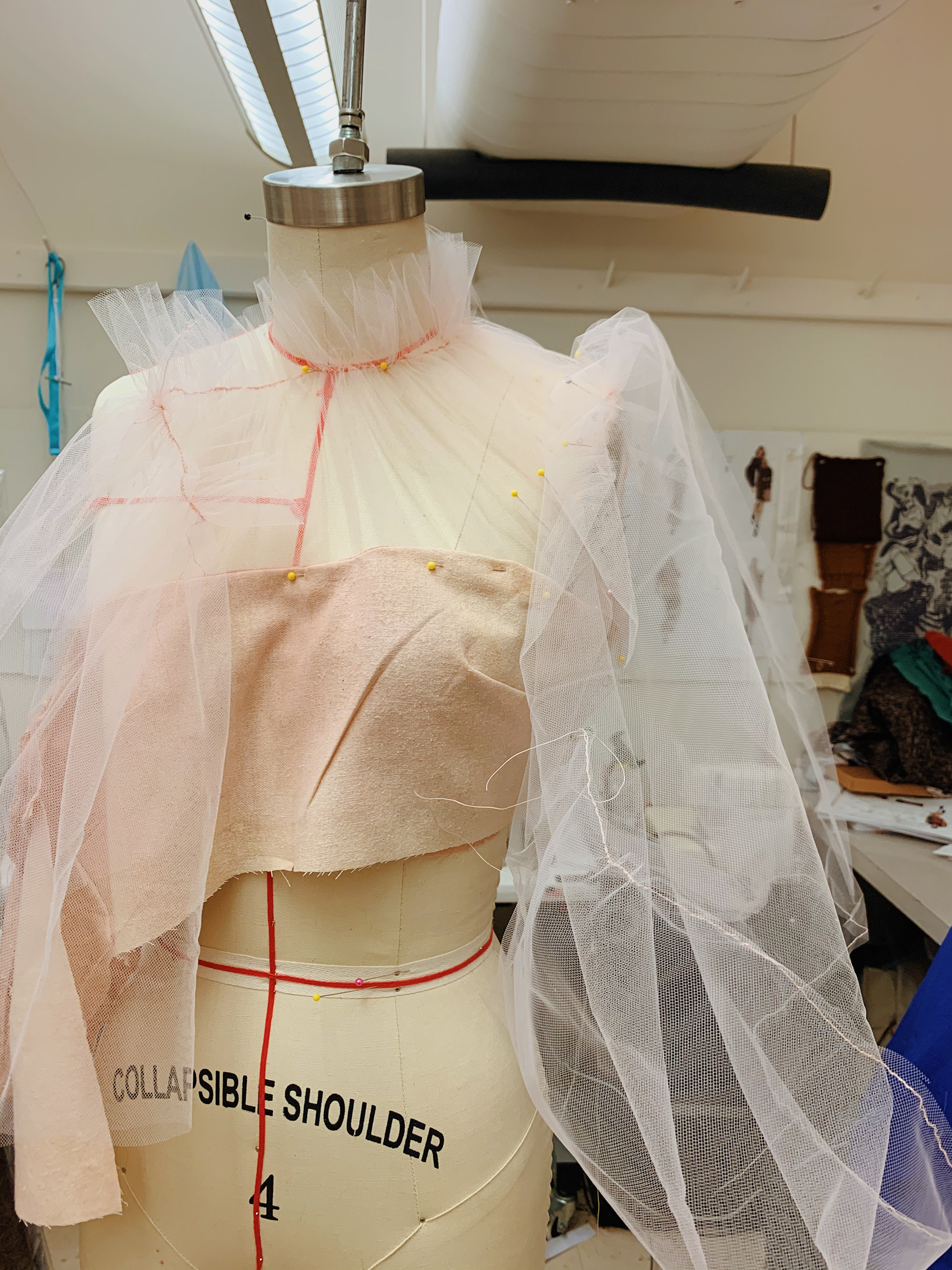

the third eye
- 4 parts water
- 3 beets skins
- 2 tbl of dried beetles
- 1 part vinegar
- 2 tbl of turmeric
Bindi
Seat of "concealed wisdom" or the point at which creation begins and may become unity
A bindi is classically a red dot settled right between the brows. Misinterpreted, misconstrued, this religion iconography often gets stereotyped and utilized in the wrong way. This garment recognizes the sanctity of the gracious symbolism going back to its deep red roots and slight embroidered design. With a bindi and with this garment, comes power from within.
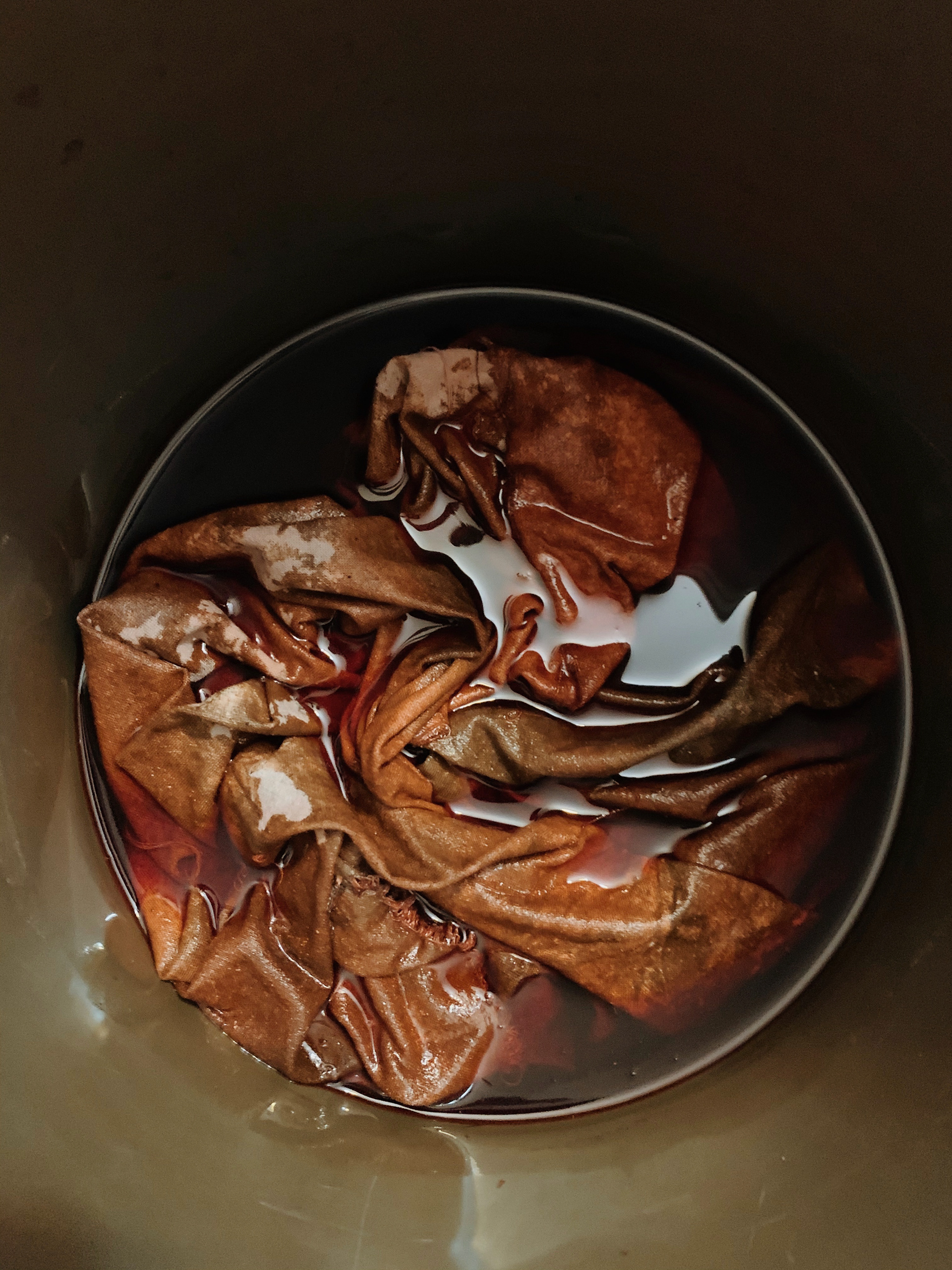
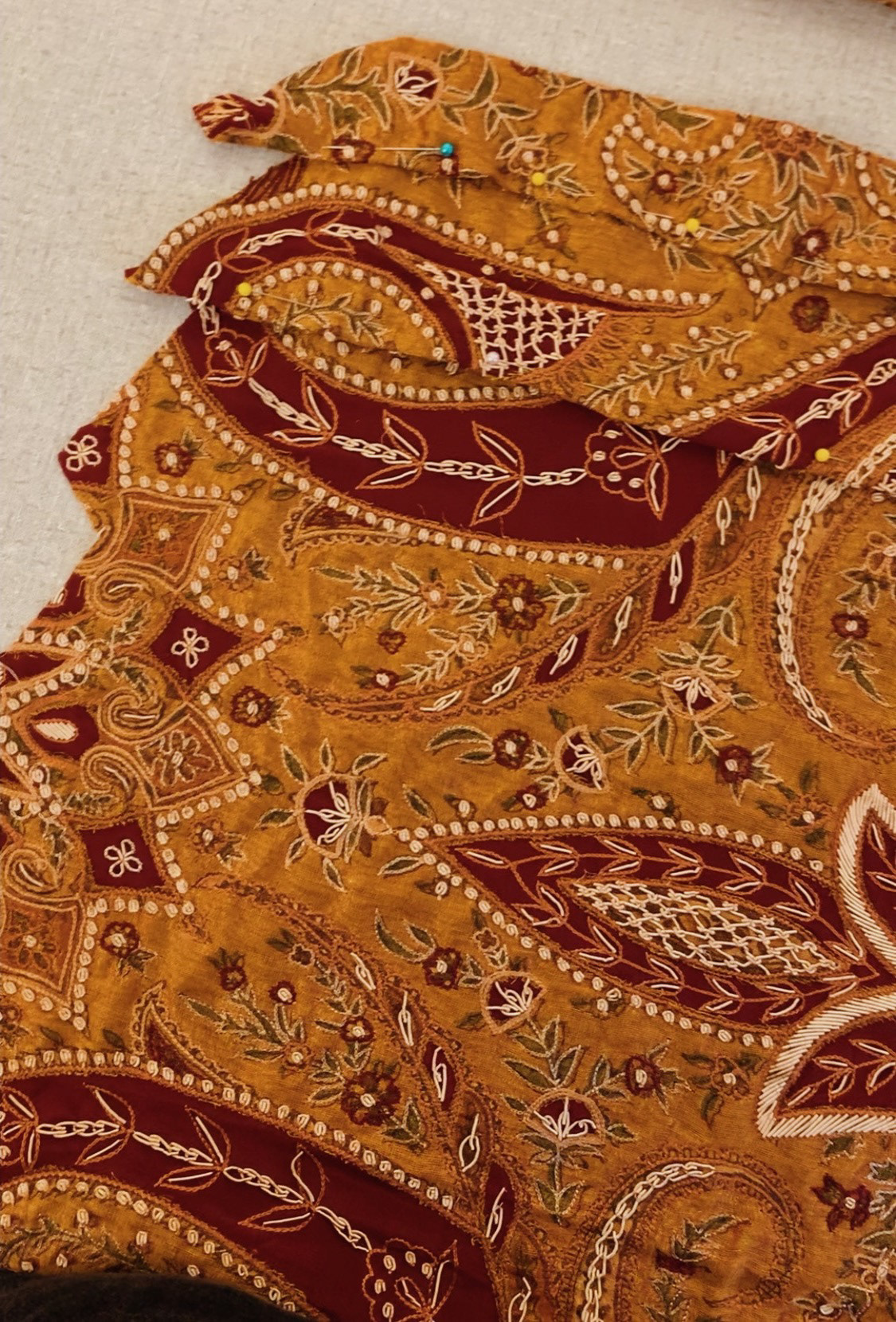
rosewater chai
Rosewater and chai, two drinks present at every Indian event or function I went to as a kid. Rosewater as refreshing as spring and chai simply spiced to warm the heart. Reinventing the modern traditional sari drape in a three piece suiting, this lightweight look is the epitome of refined elegance.
"Sometimes I felt a little too traditional. I wanted more flair. And that's where my love of fashion originated. I wanted something to reign in my American, my English, and my Indian culture. I wanted to feel timeless and chic but also have modern excellence. I would spice up my Indian outfits with floral chokers or 70s sunglasses to show my California spirit. I would add traditional heavy Indian jewelry pieces with jeans and a t-shirt to elevate my fit to be more than just basic. Moments like these helped to blend parts of myself and be more myself beyond the internal underlying identity crisis."


- 4 parts water
- skins and seeds of 8 avocados
- rose essential oil for smell
- fresh cardamom clove for smell
sari not "sorry"
It's pronounced "SA-ree" not "SAR-e"
(to be read in a Hermione Granger voice)
This look features the same dyeing recipe used in Scented Curry Dreams but in a more organic fashion, flash dyeing the garment to give a more natural feeling to which parts of the garment the dye seeps into.
The sari is usually a three piece garment look consisting of a blouse, a cotton slip skirt and a long length of cotton or silk elaborately draped around the body. Loose and flowing, sari not sorry is a beauty rendition of using 100% silk fabrics timelessly.
"It took me a long time to find myself beautiful. And nothing ever made me feel more confident than attending a wedding. Wearing a sari, head to toe, adorned in delicate gold jewelry, and surrounded by others wearing beautiful garments just like me. I felt at home. I felt understood. I finally found parts of myself not needing to be explained because everyone around me just... understood."
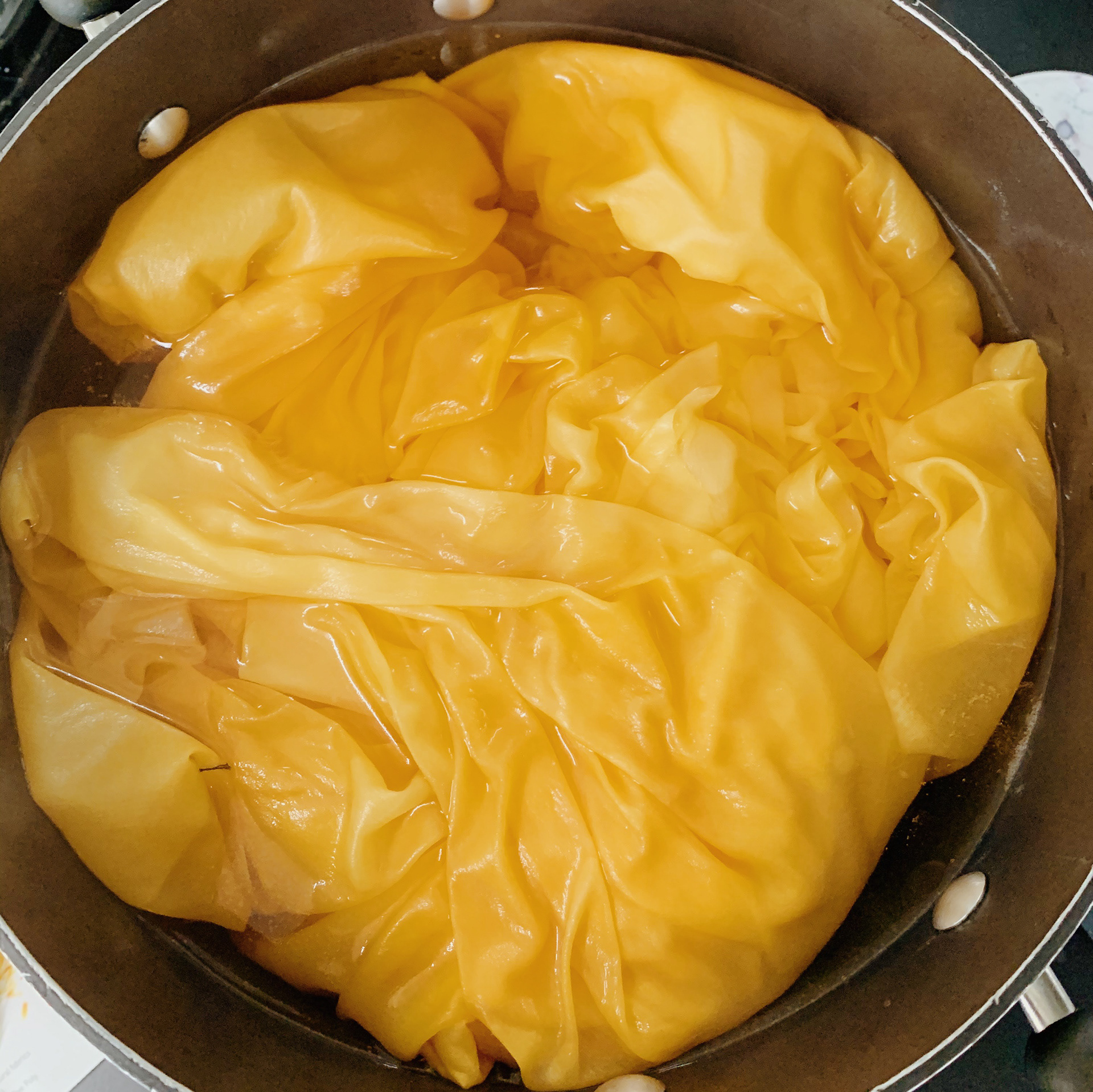

unfair and lovely
Fair and Lovely: An Indian skin-lightening cosmetic product introduced to the market in India in 1975.
What is our obsession with white? What is this desire to have light skin? How does western society’s notion of tanning equally contribute to this conversation of perceptions of skin colour?
"The aunties would tell me to use sunscreen, wear long sleeves at the beach, cover my face not so that my skin would not burn but so that my skin would remain light and even toned. Discouraged to play outside or spend time by the ocean at my home in SoCal as a kid, I finally grew to block out the whispers, the comments, to give less of a sh*t and do what makes me happy feeling blissful peace I felt within myself."
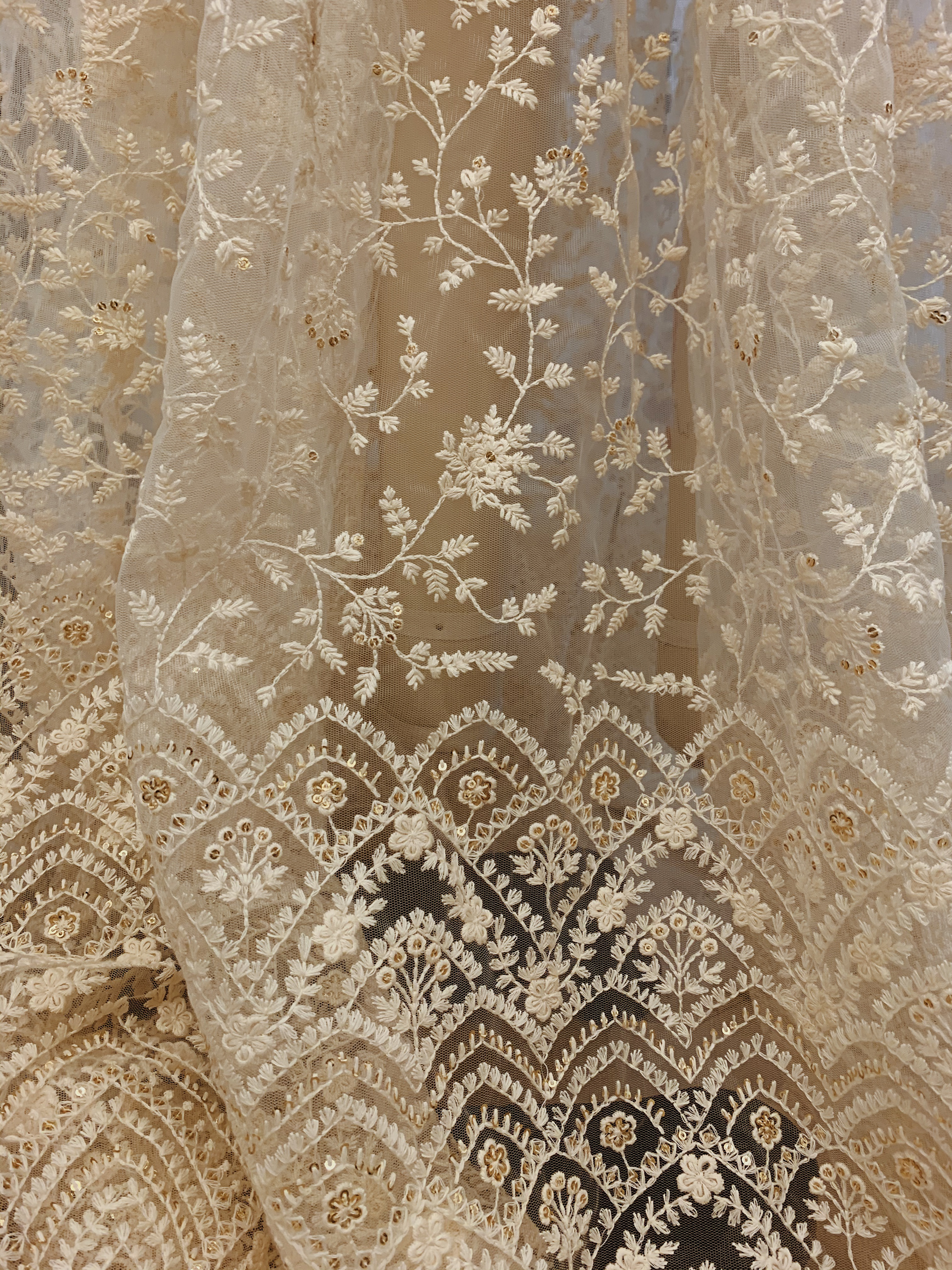
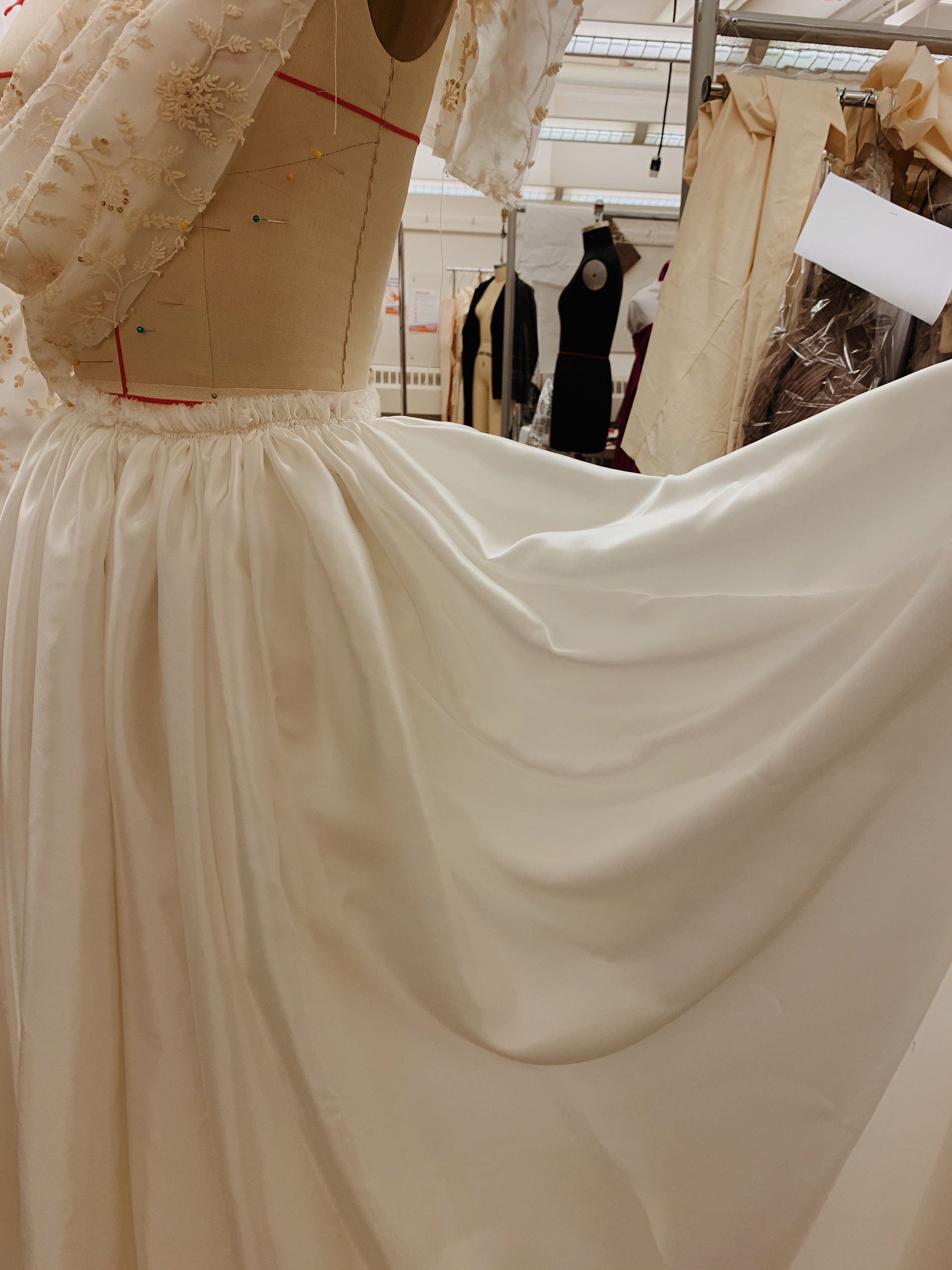
White is all the colours combined in the rainbow. The colour of rebirth. The colour of death. The colour most typically accepted in Western society. The representations and notions change from each society. Unfair and lovely is a tribute not only to my parents marriage but showcasing white in an entirely different light. Not used in bridal looks, this white stands amongst the background of which it is perceived in. Its beauty and clarity shine through for what it is - just colour.